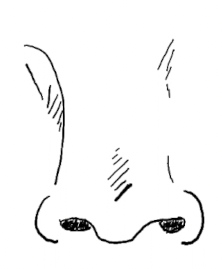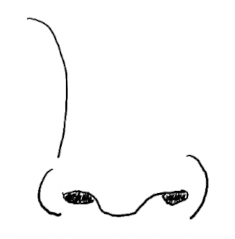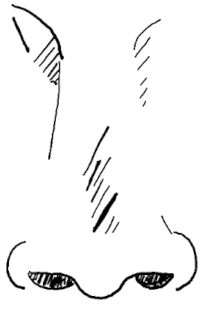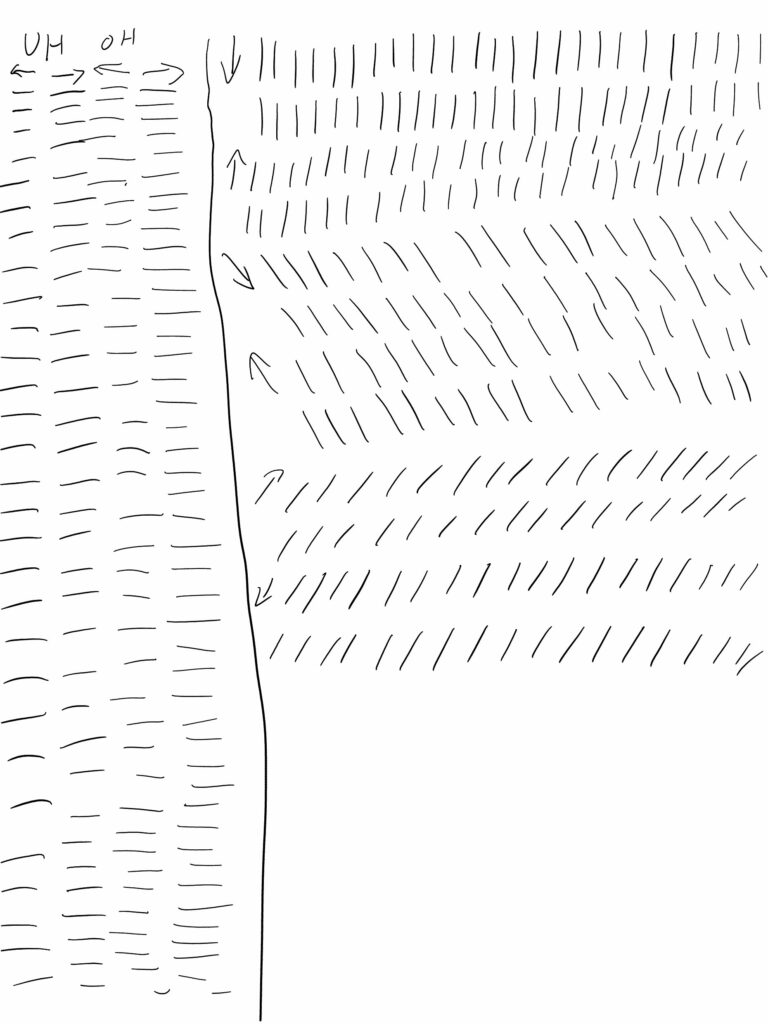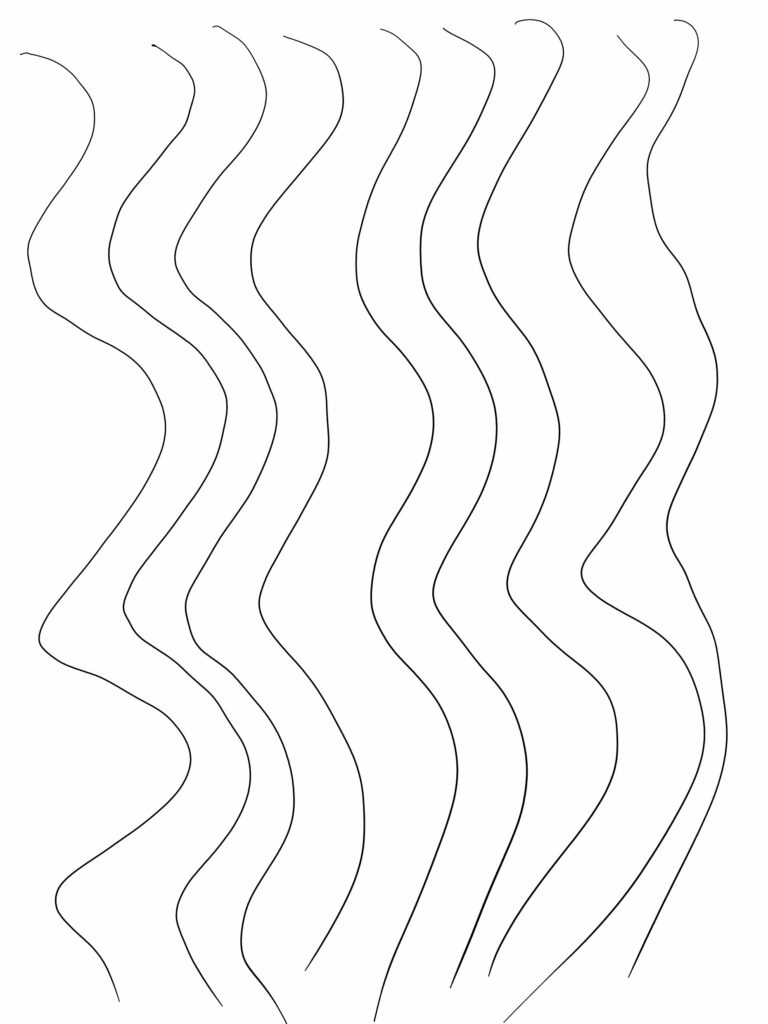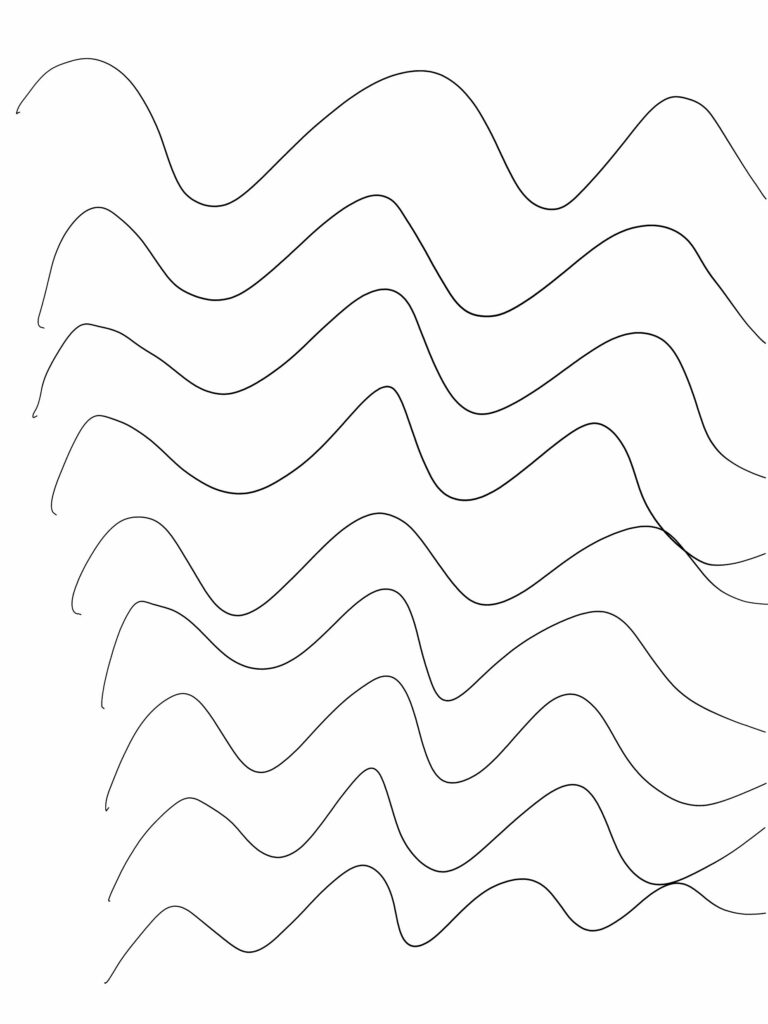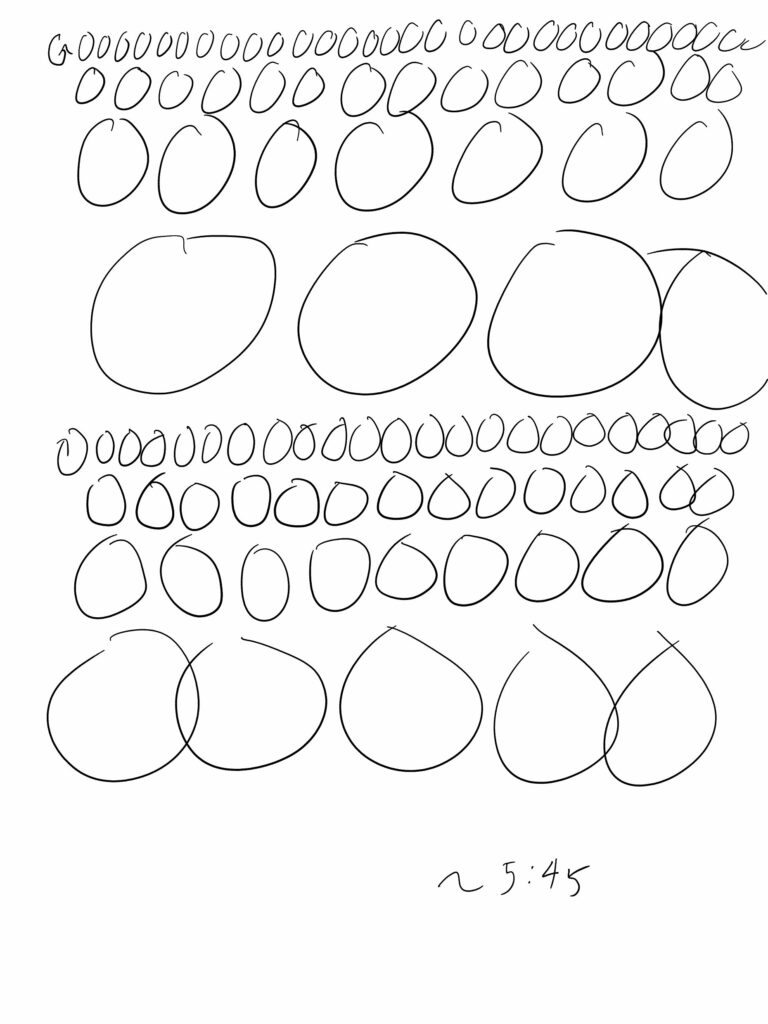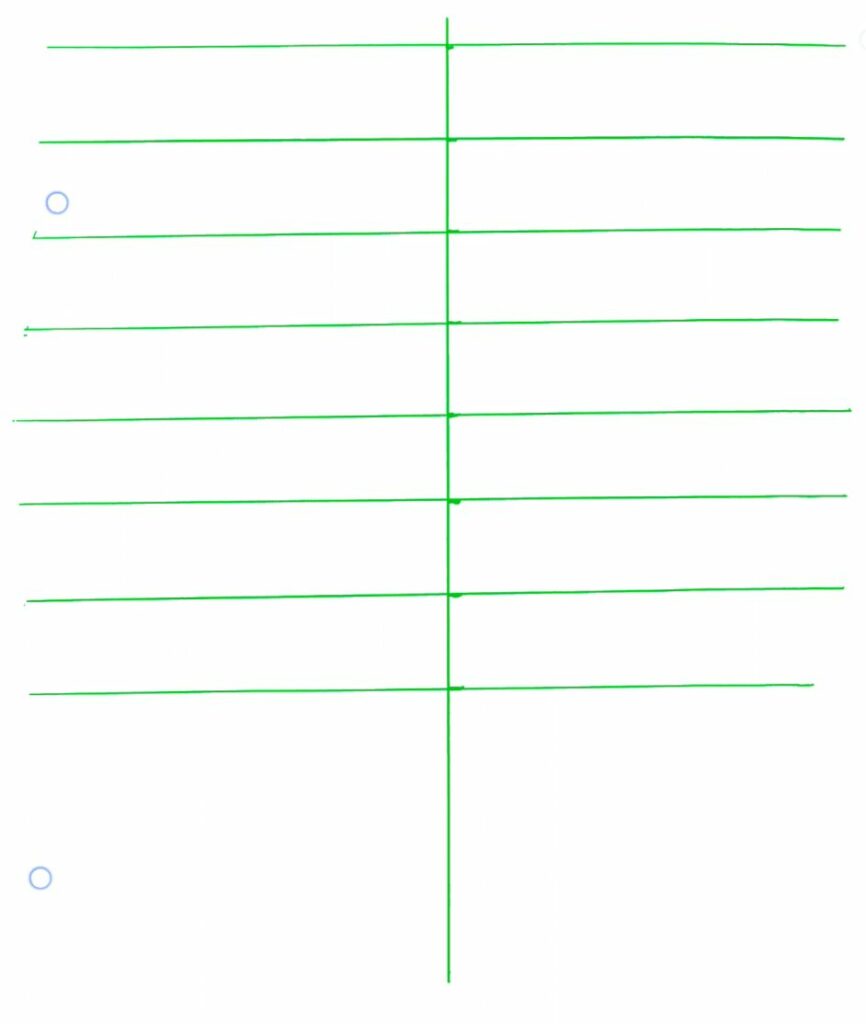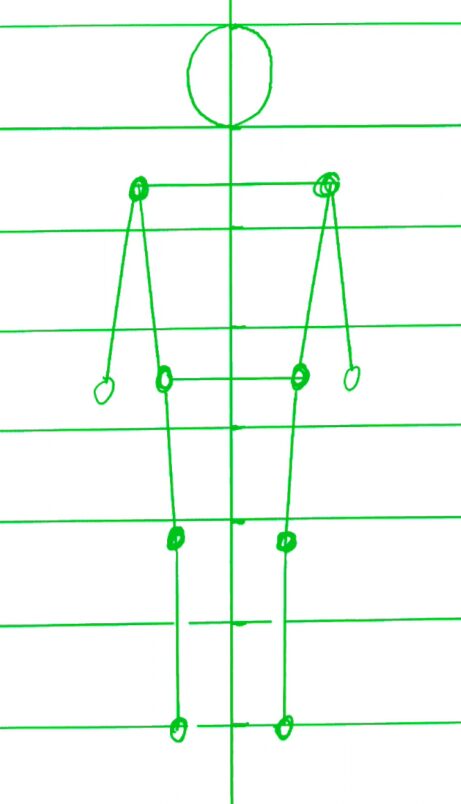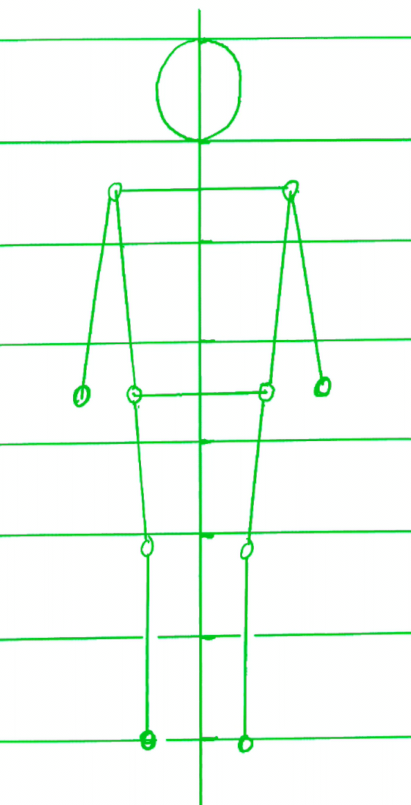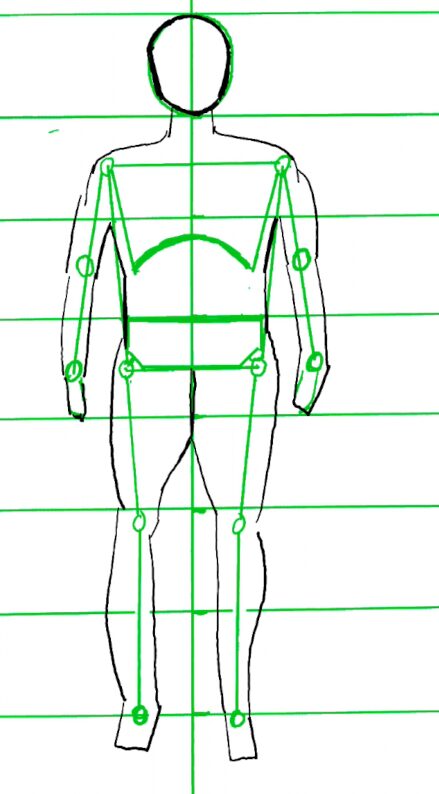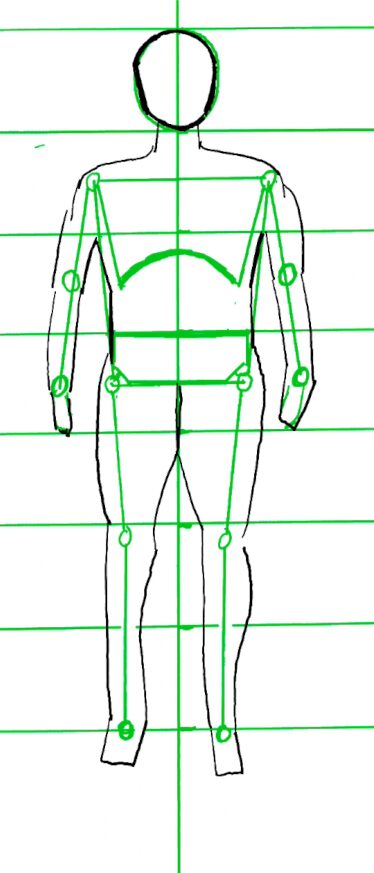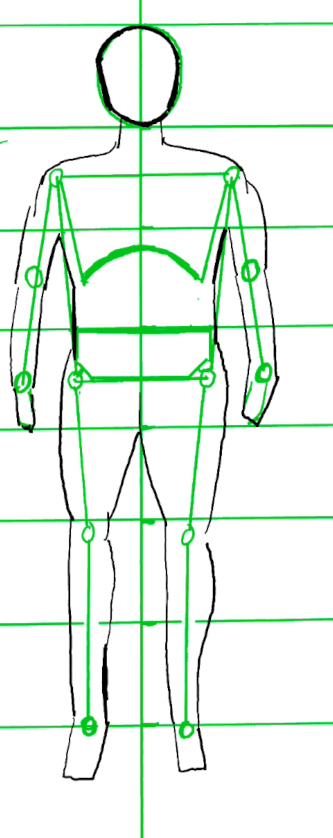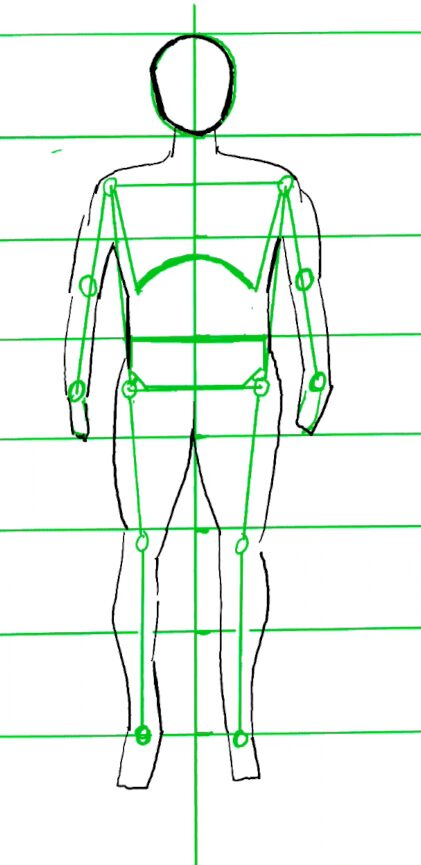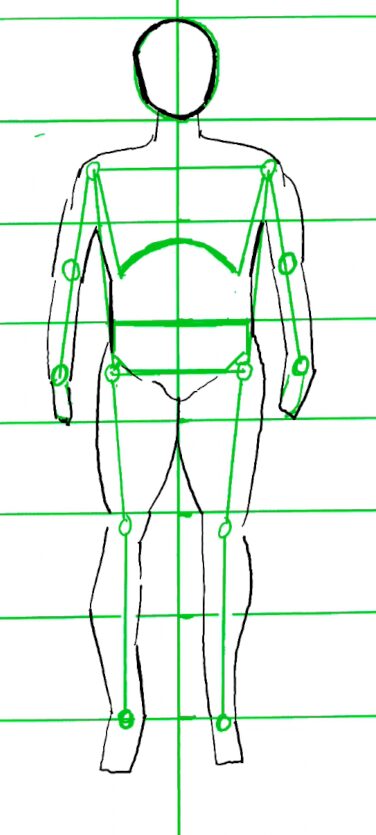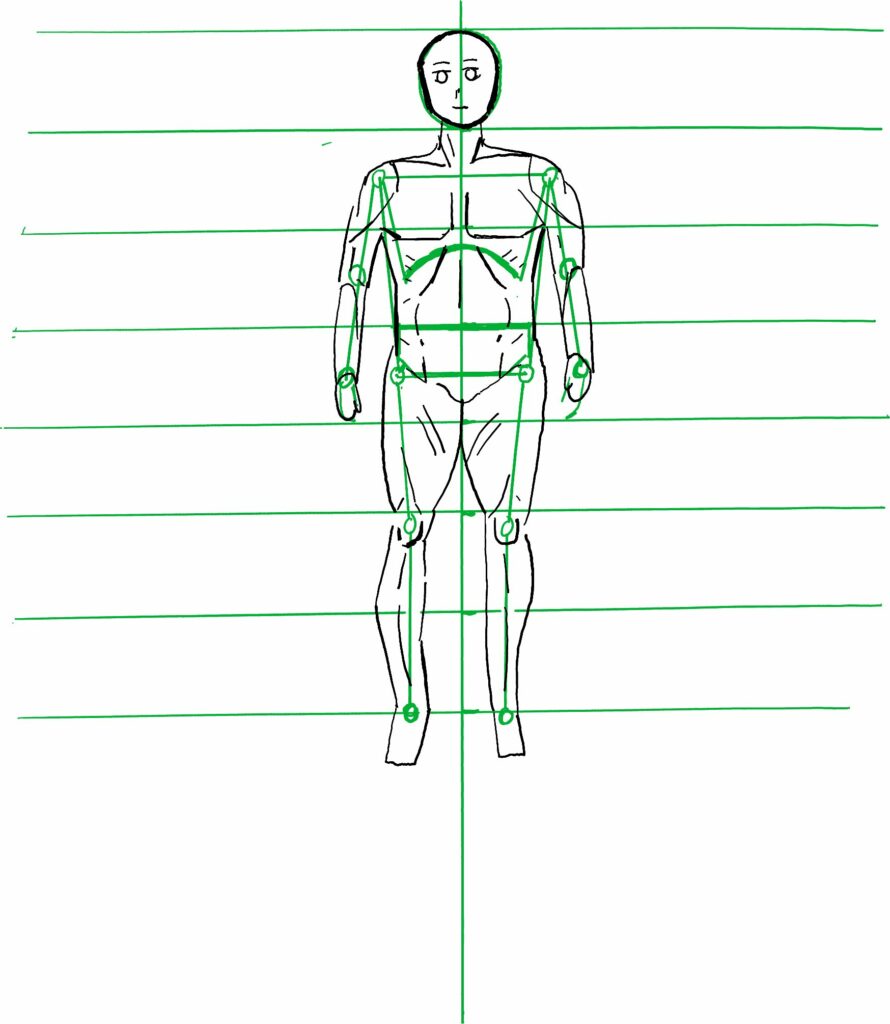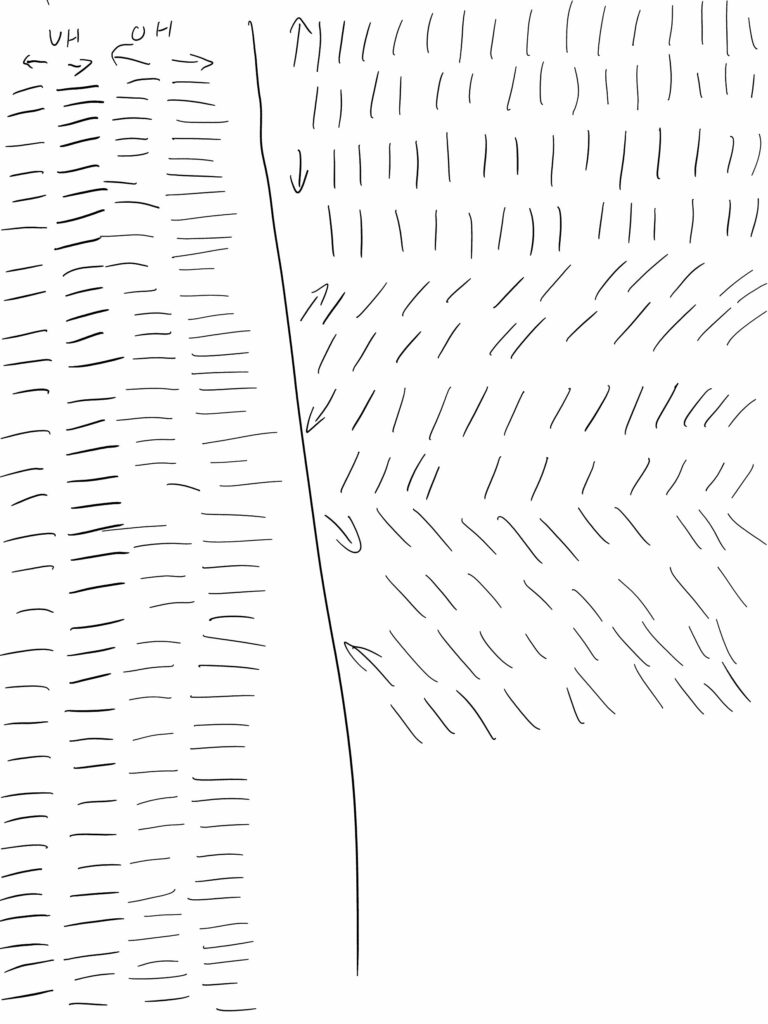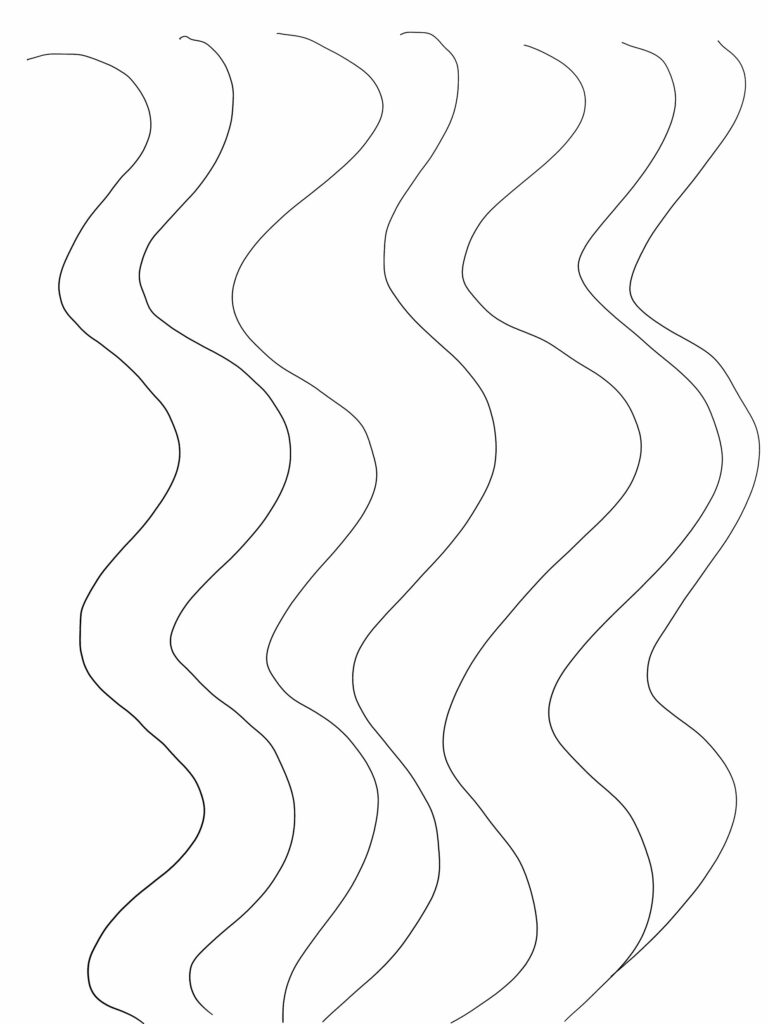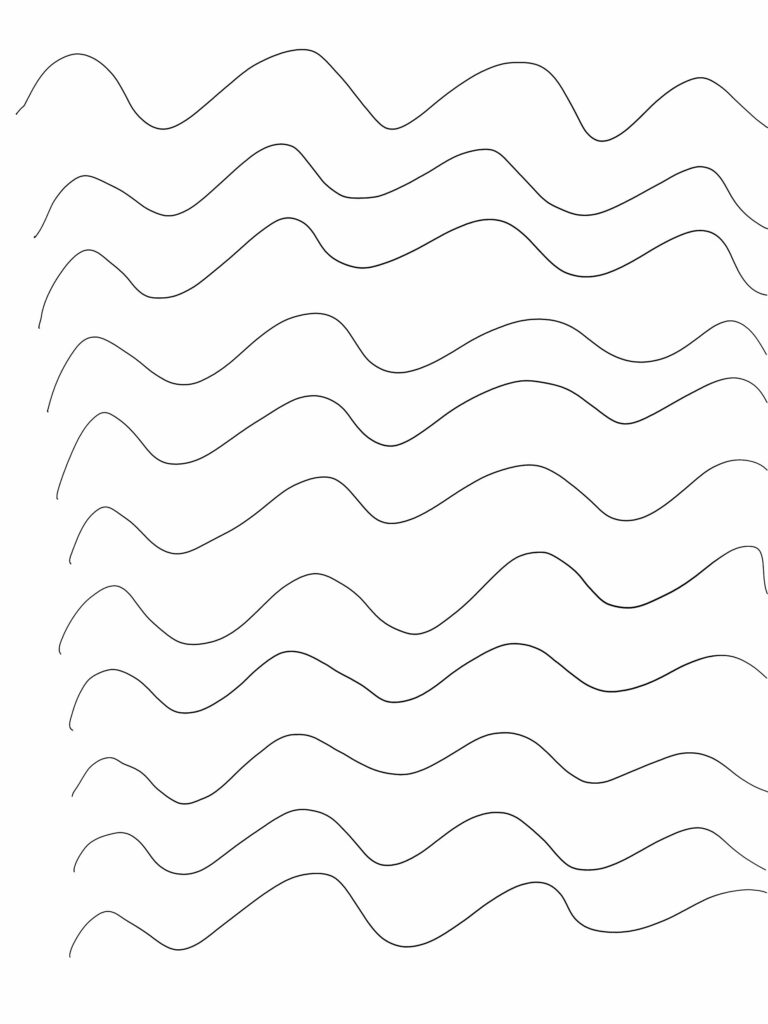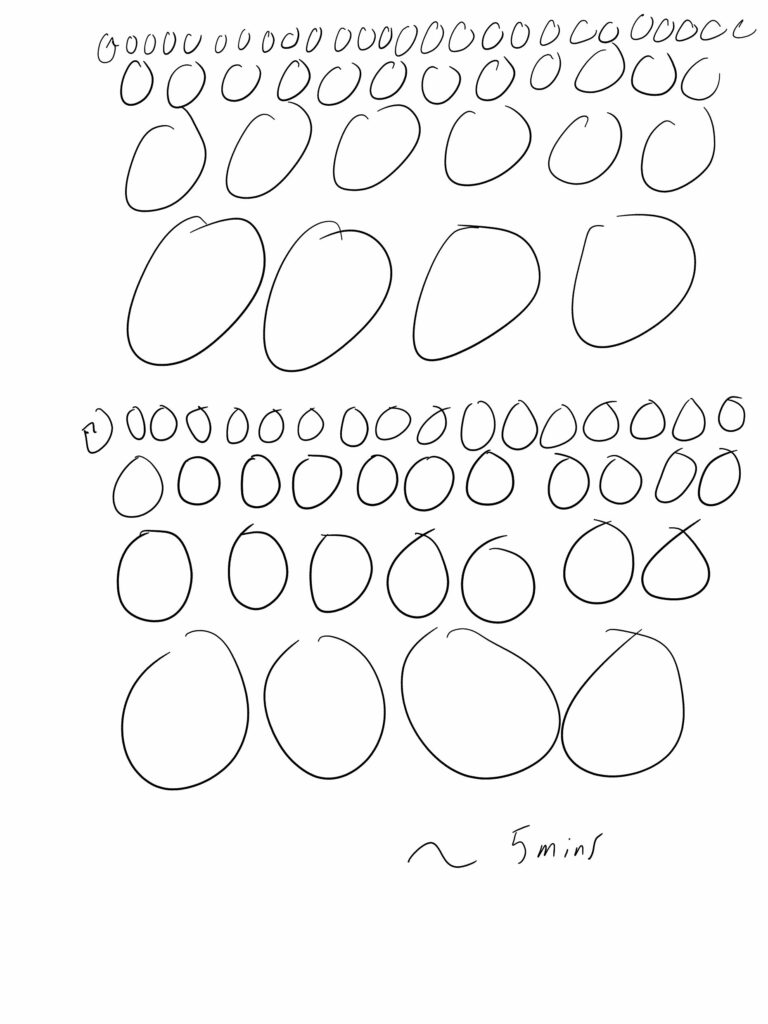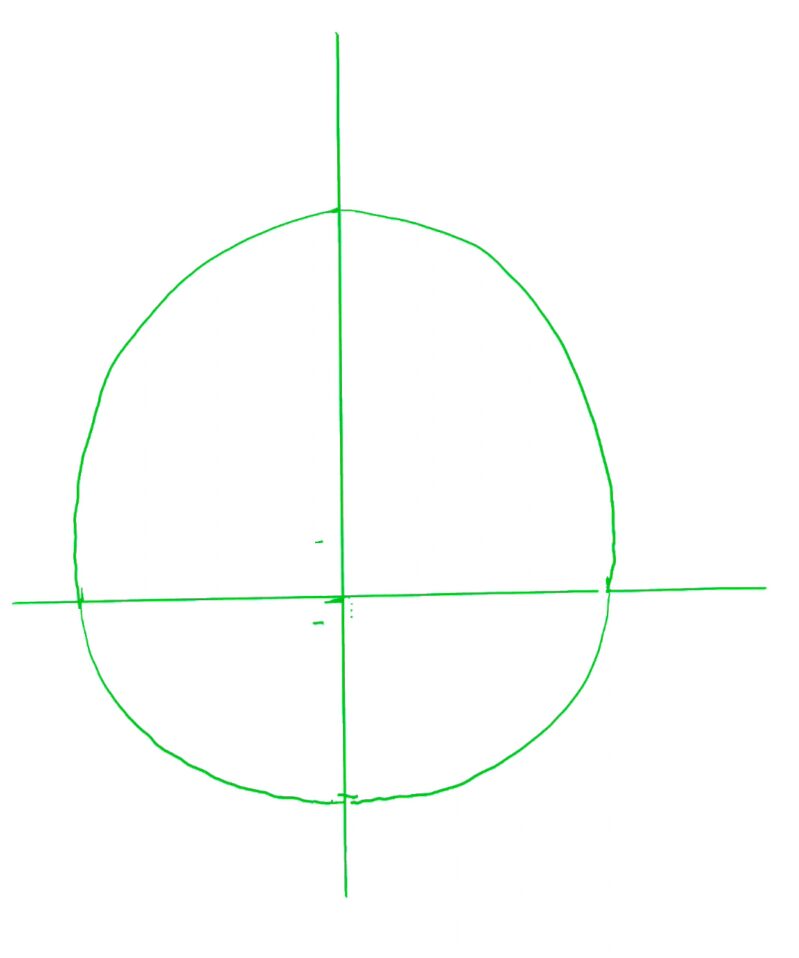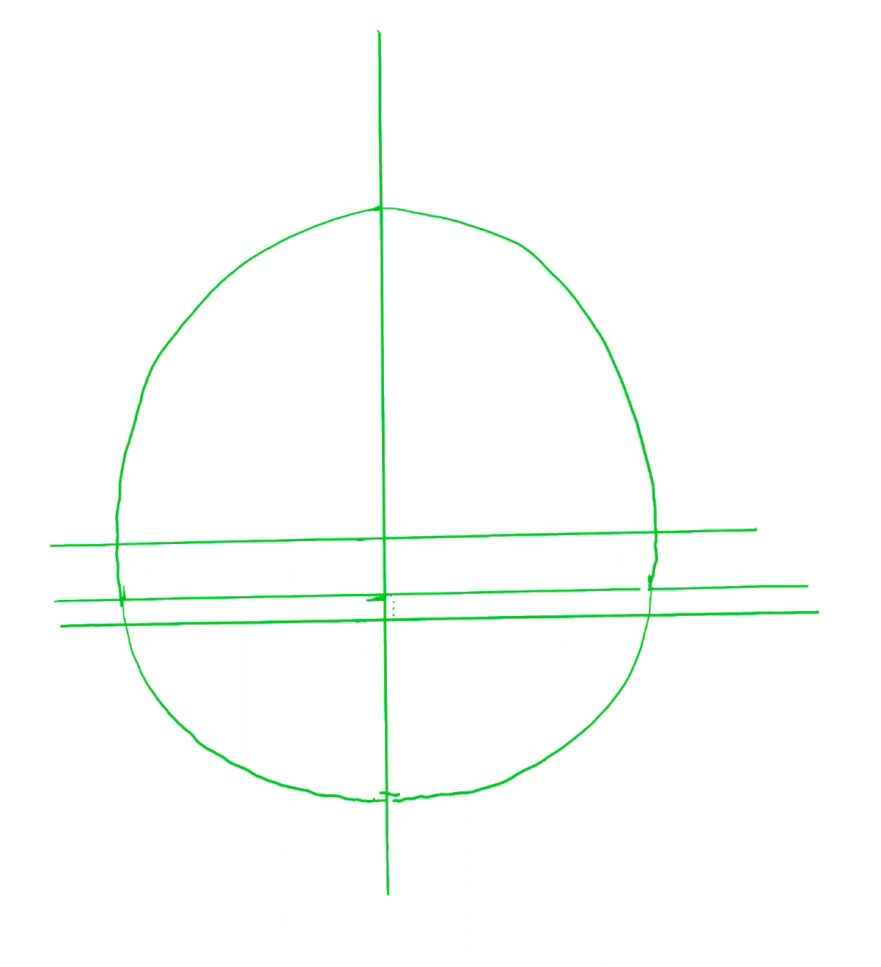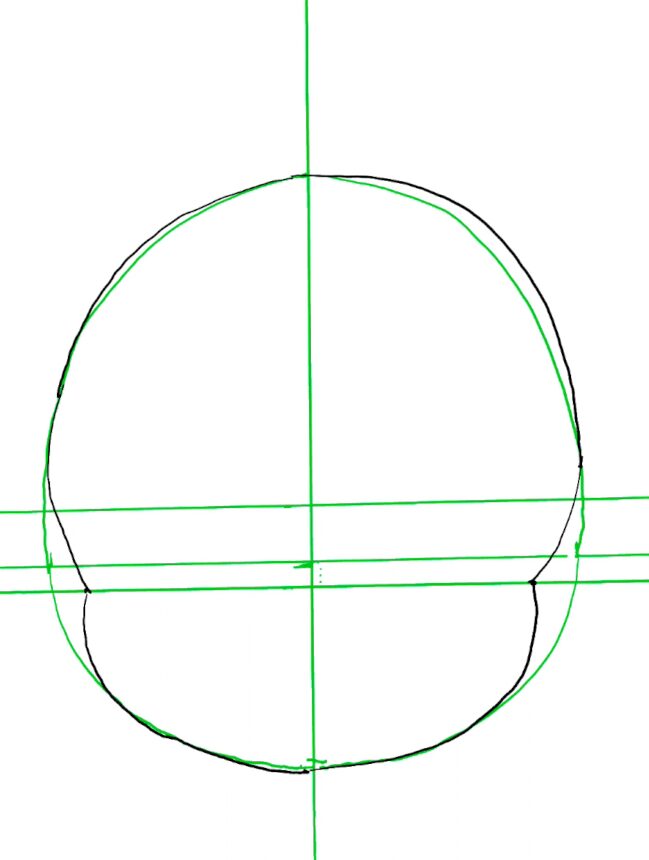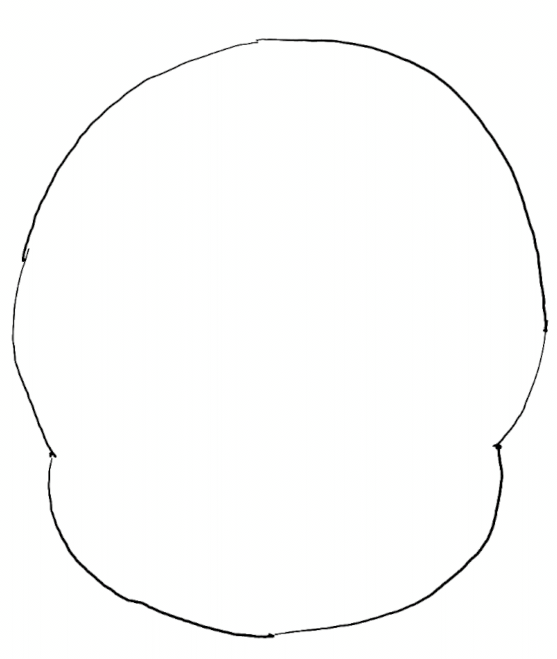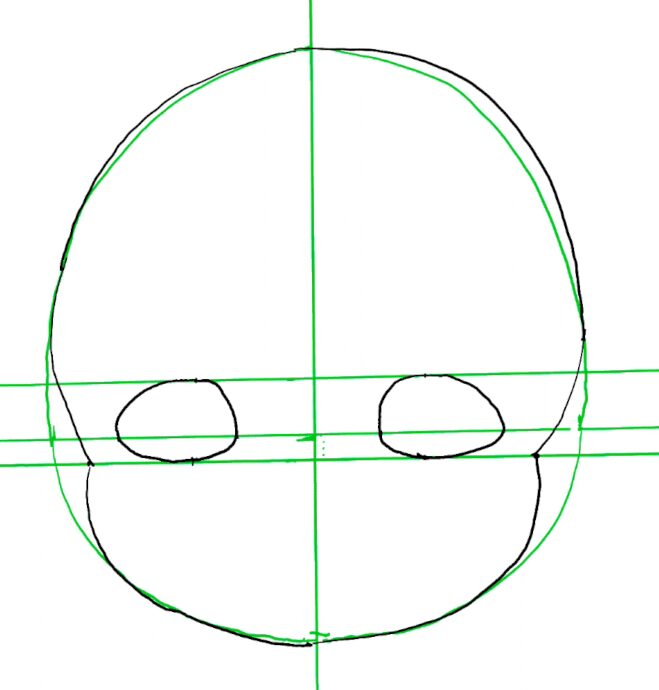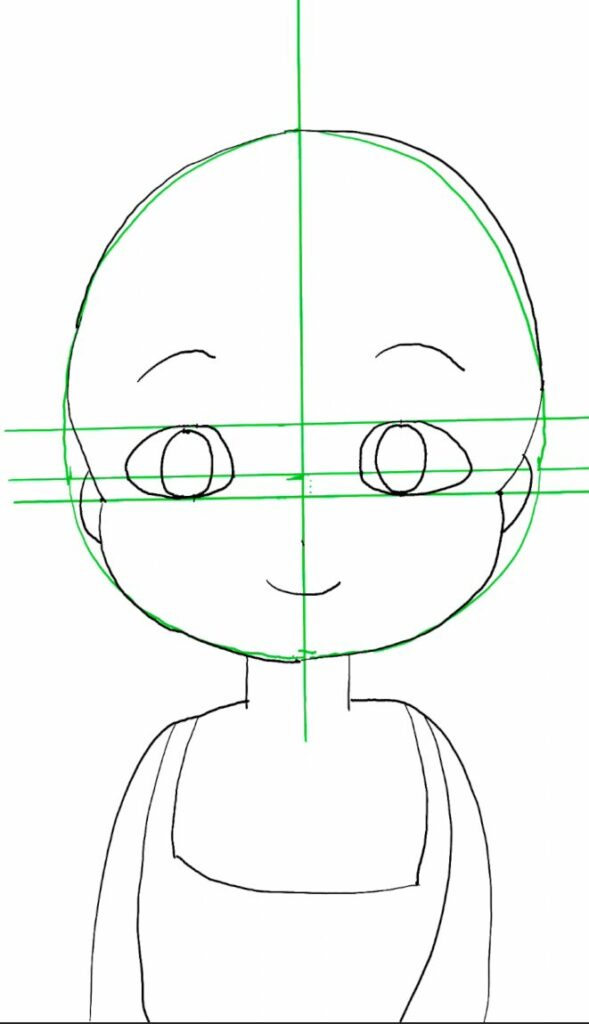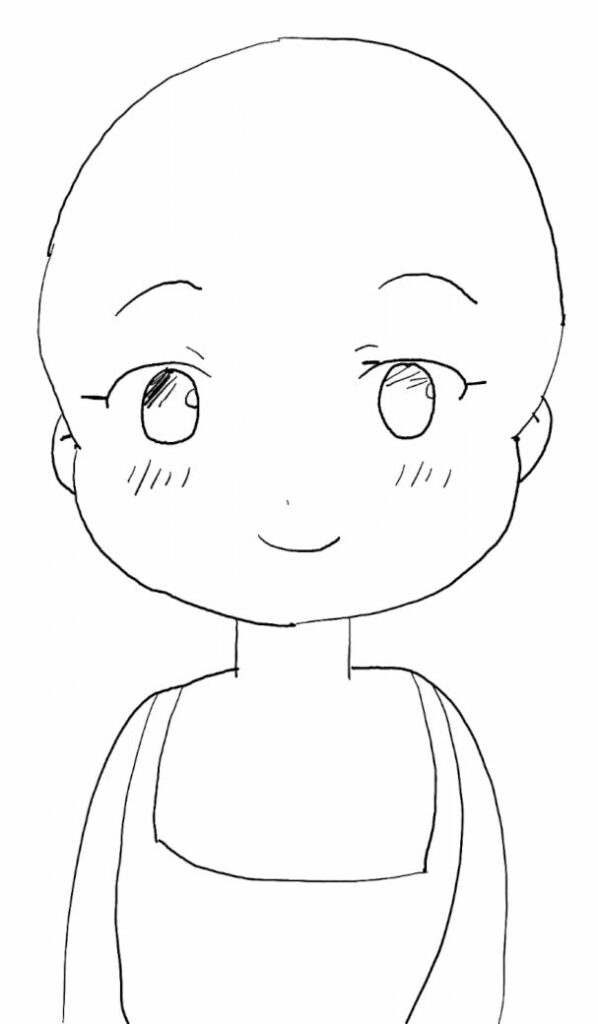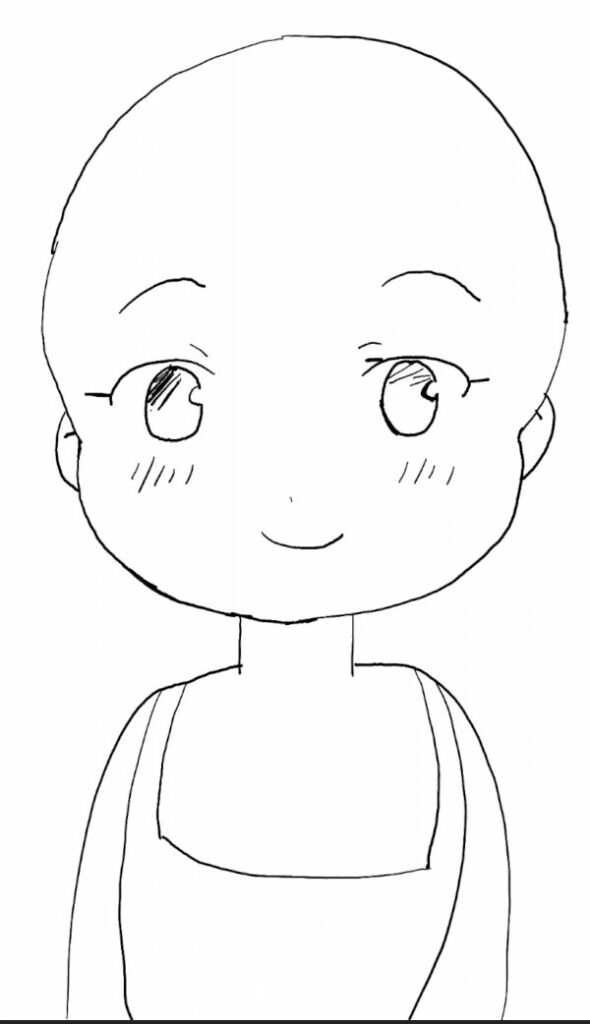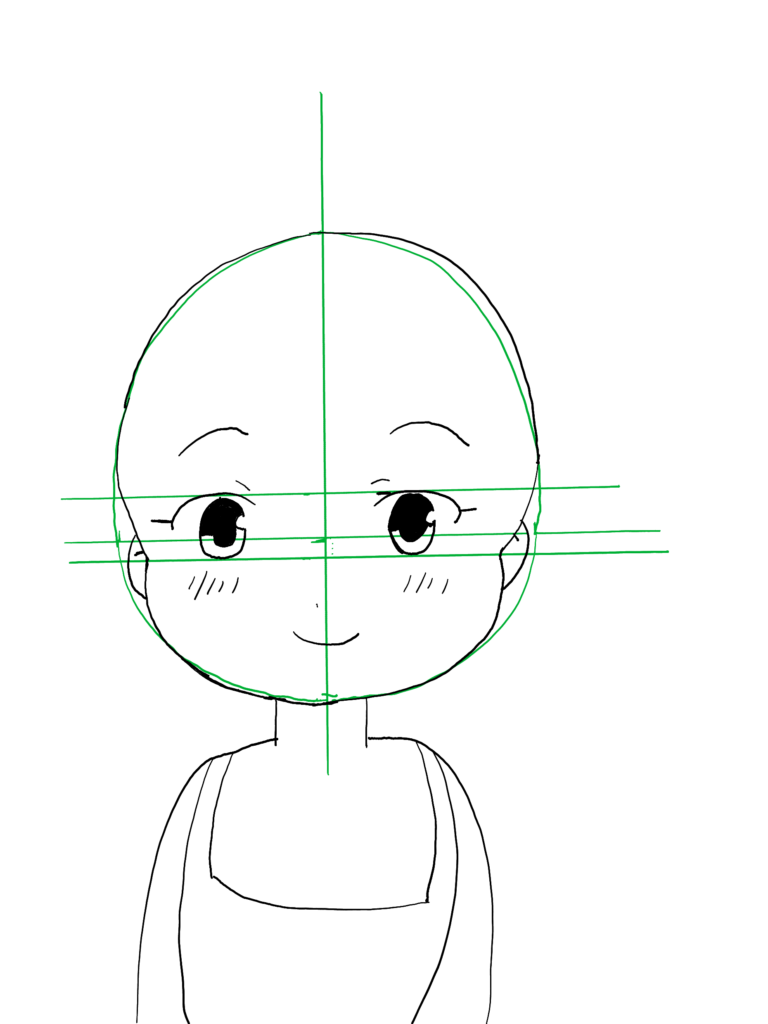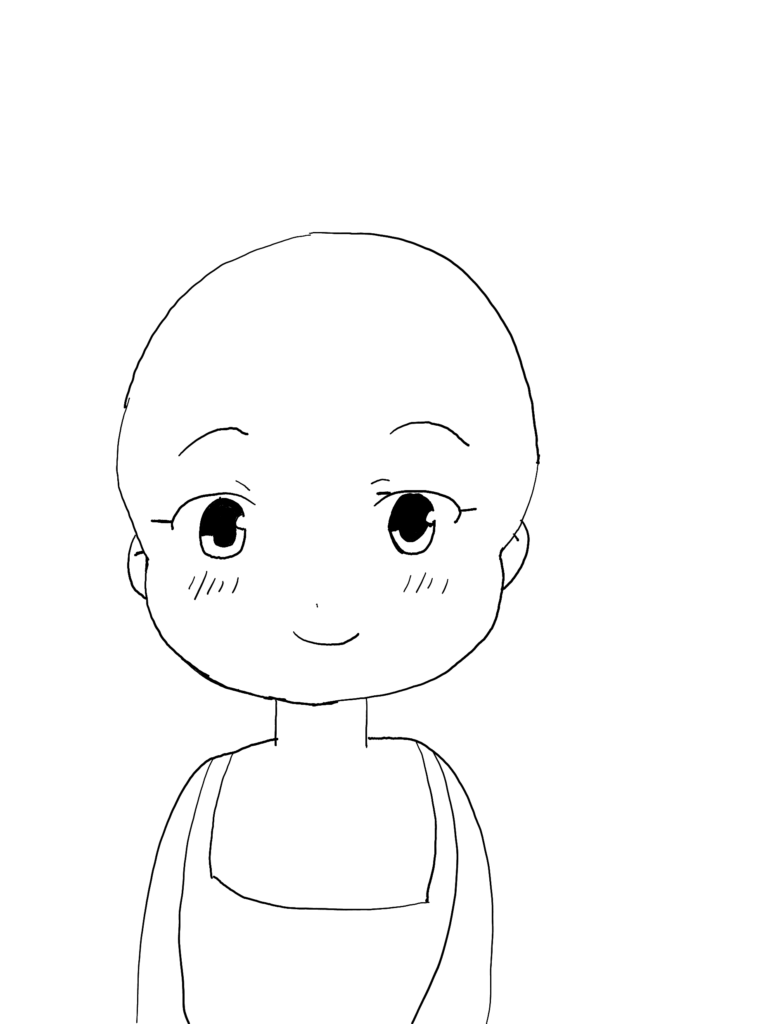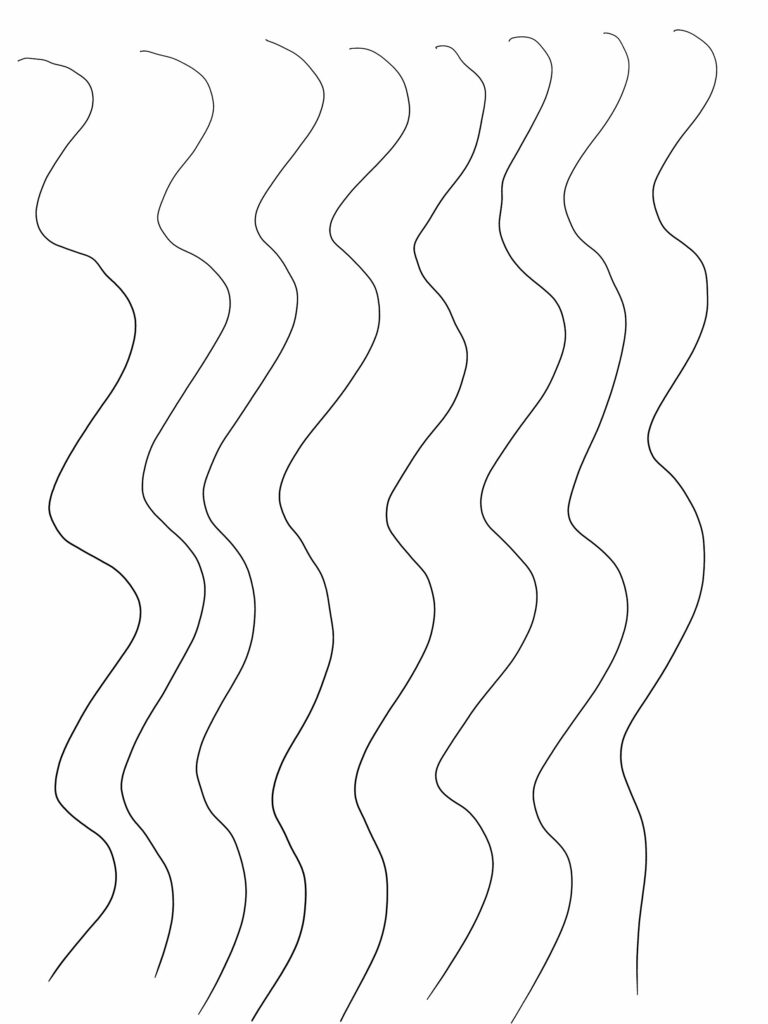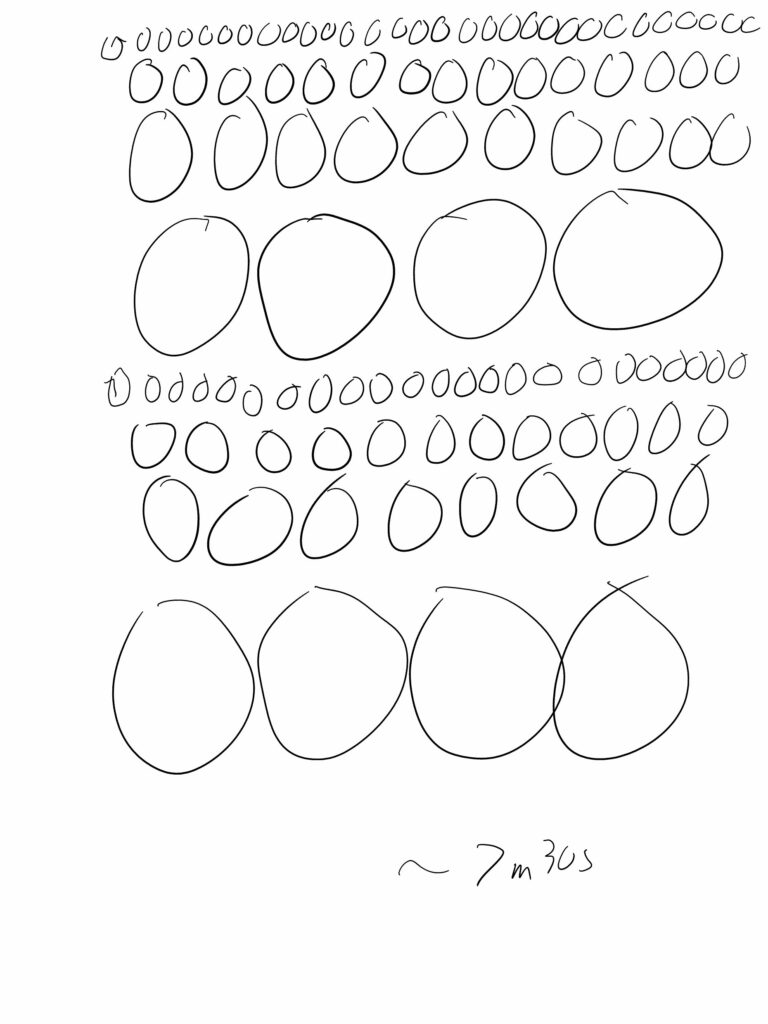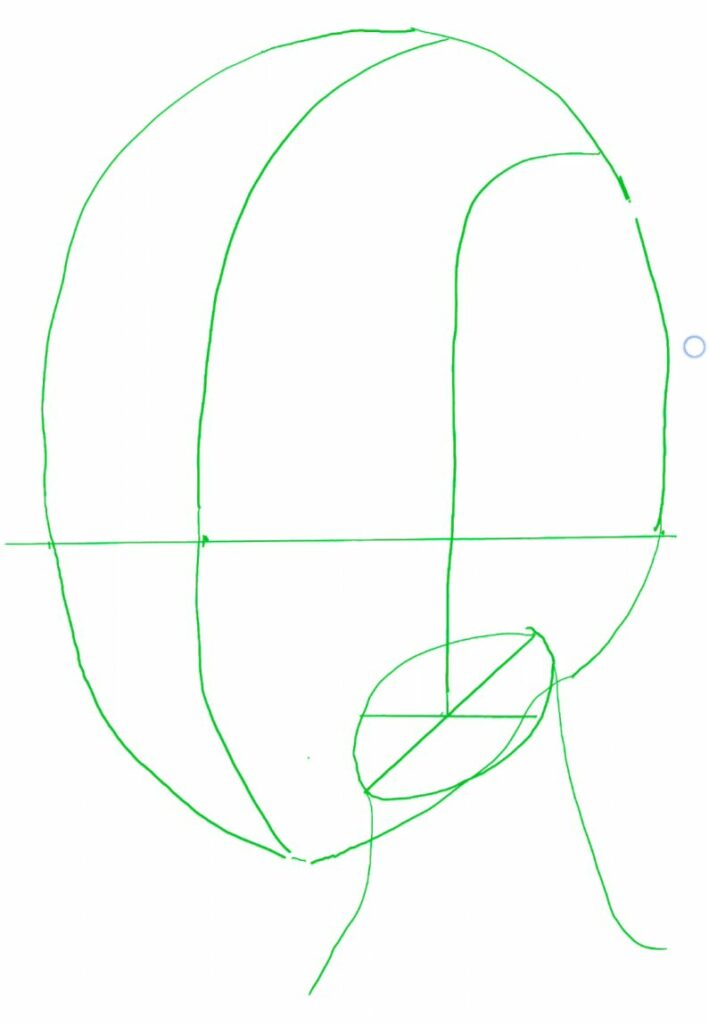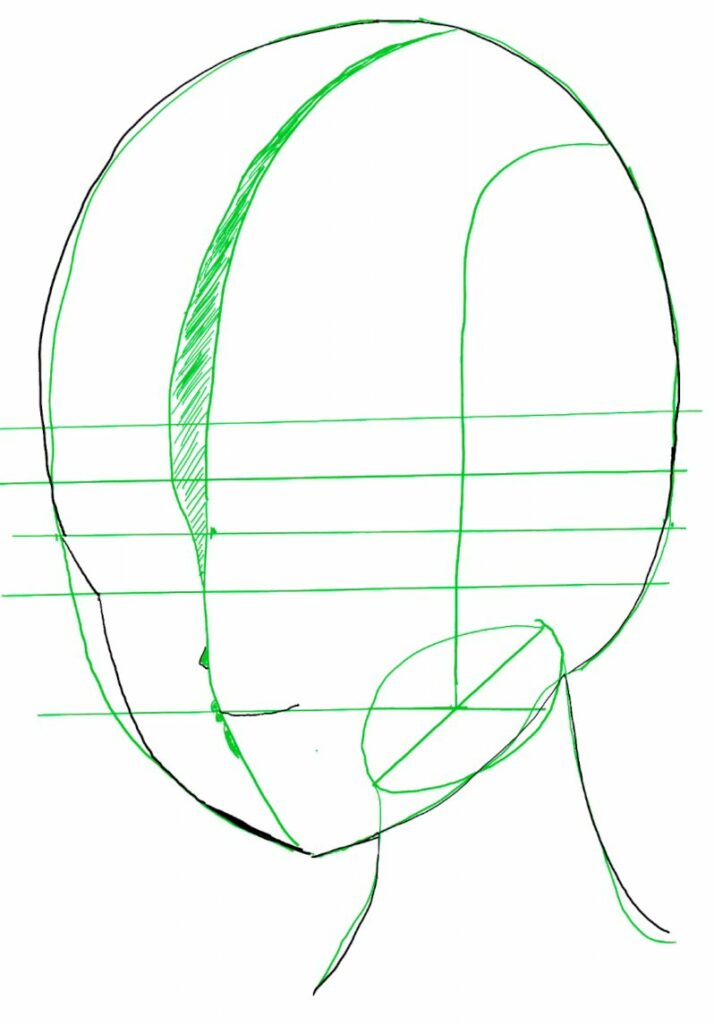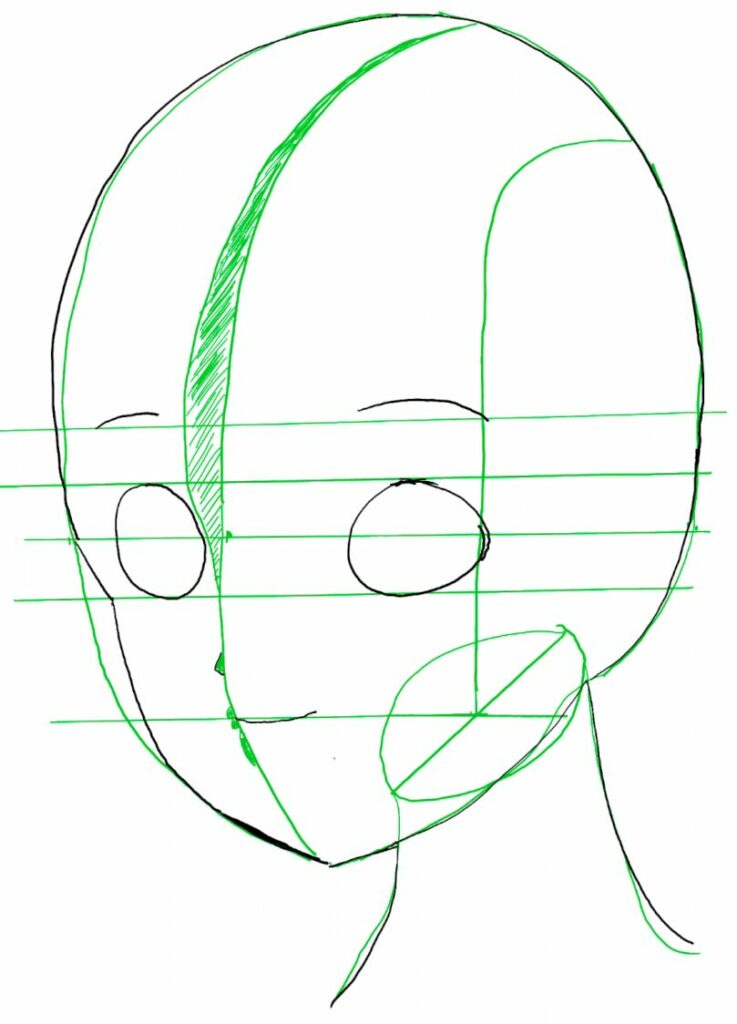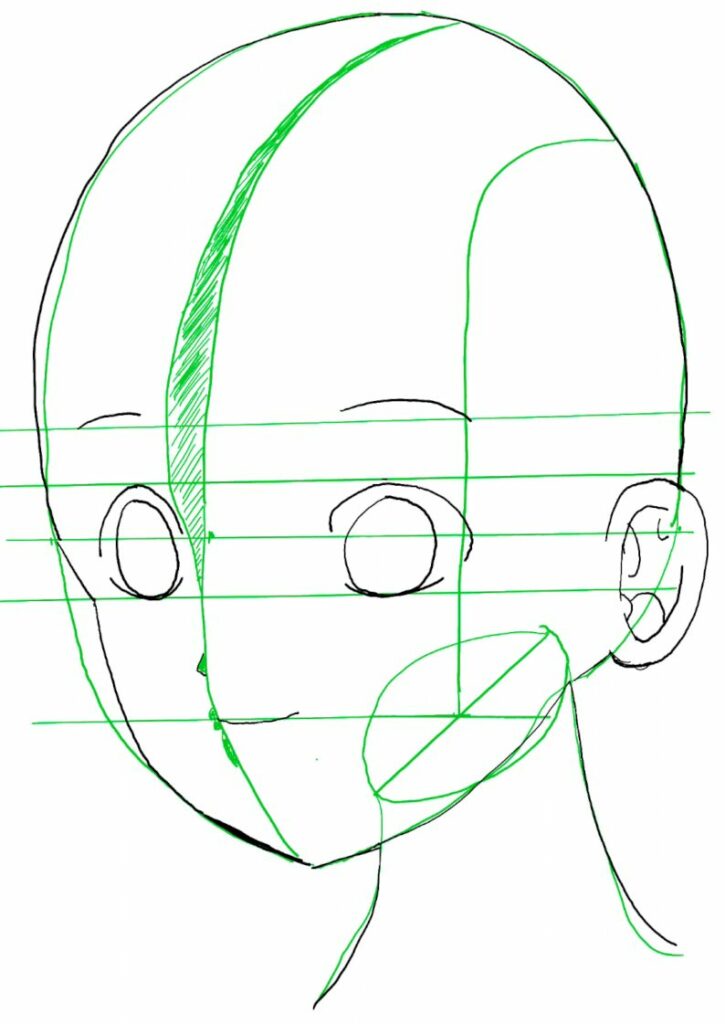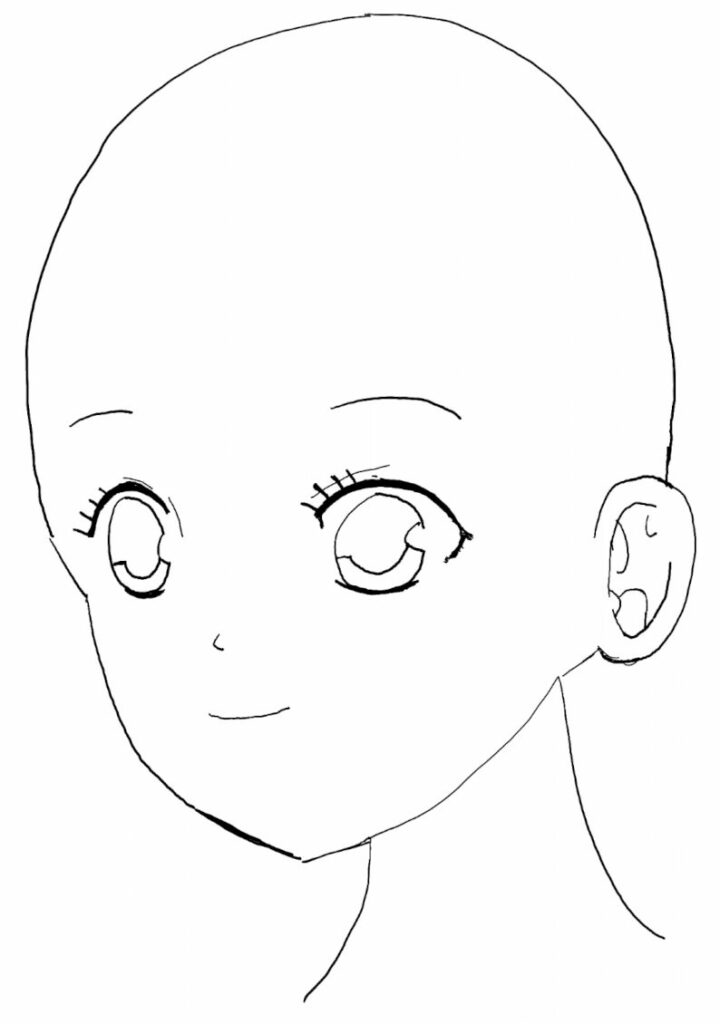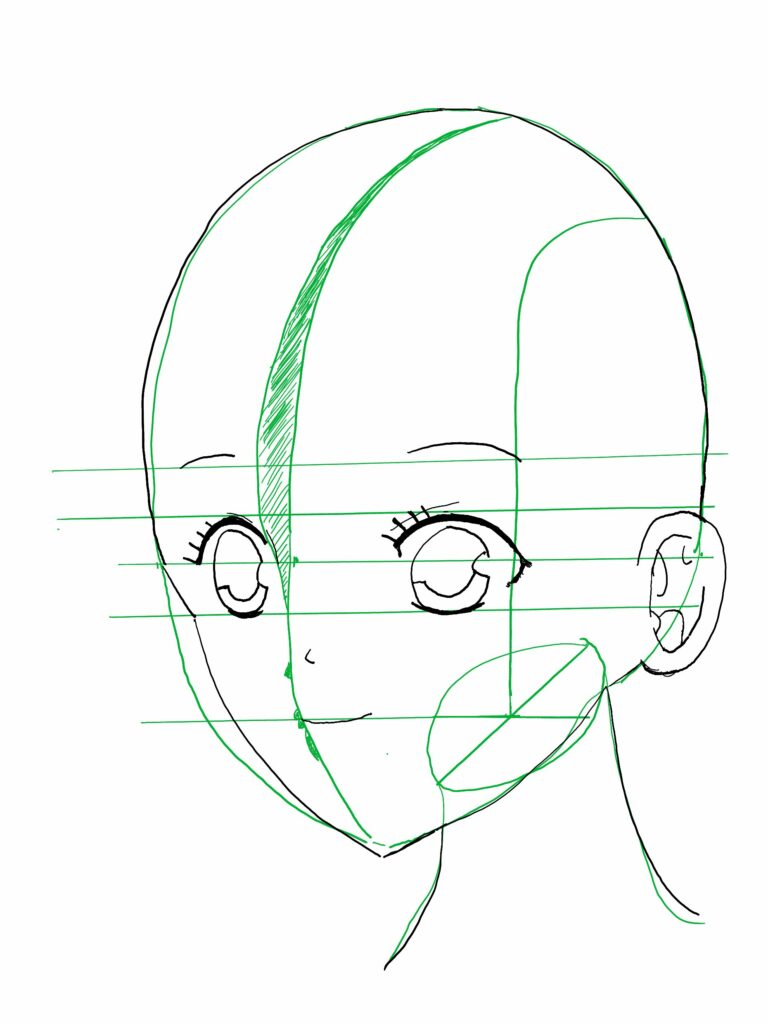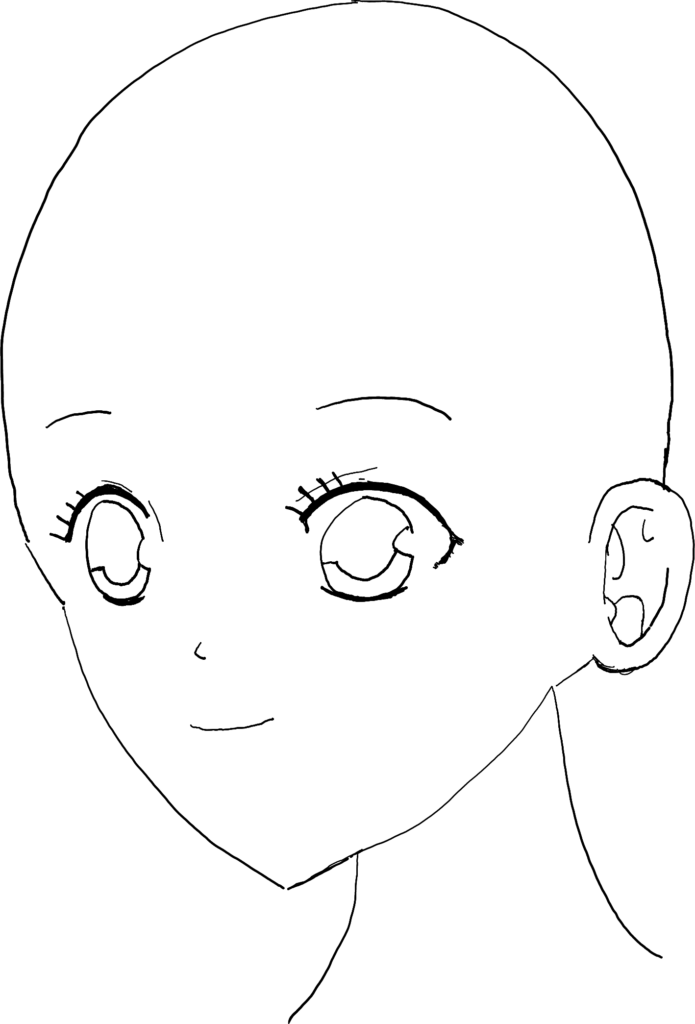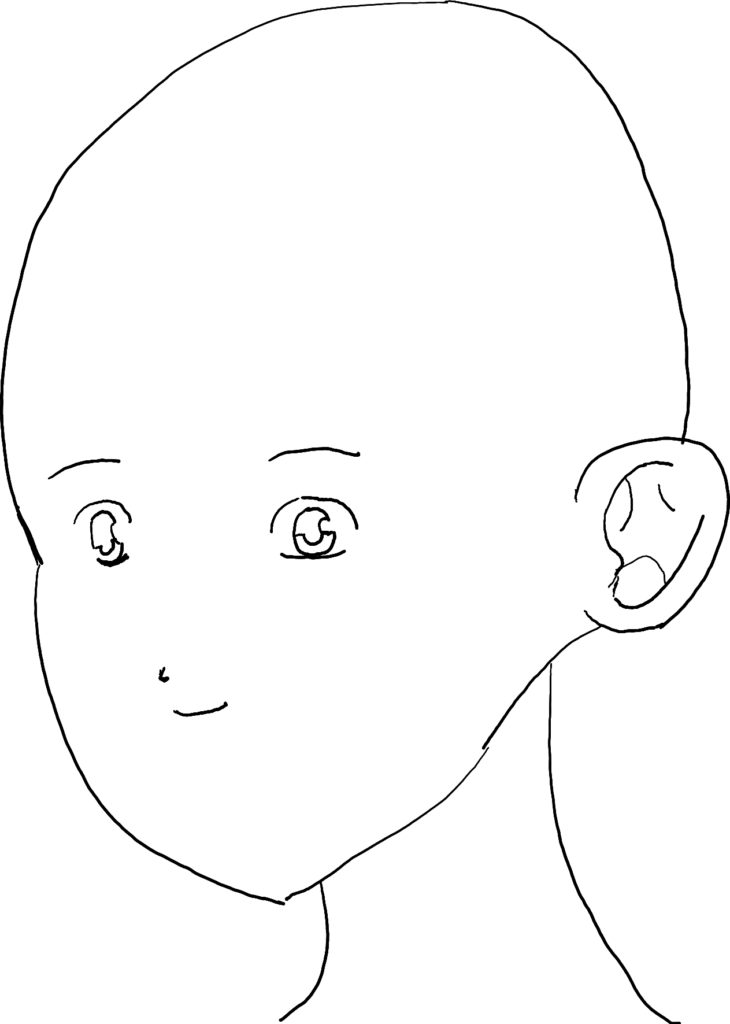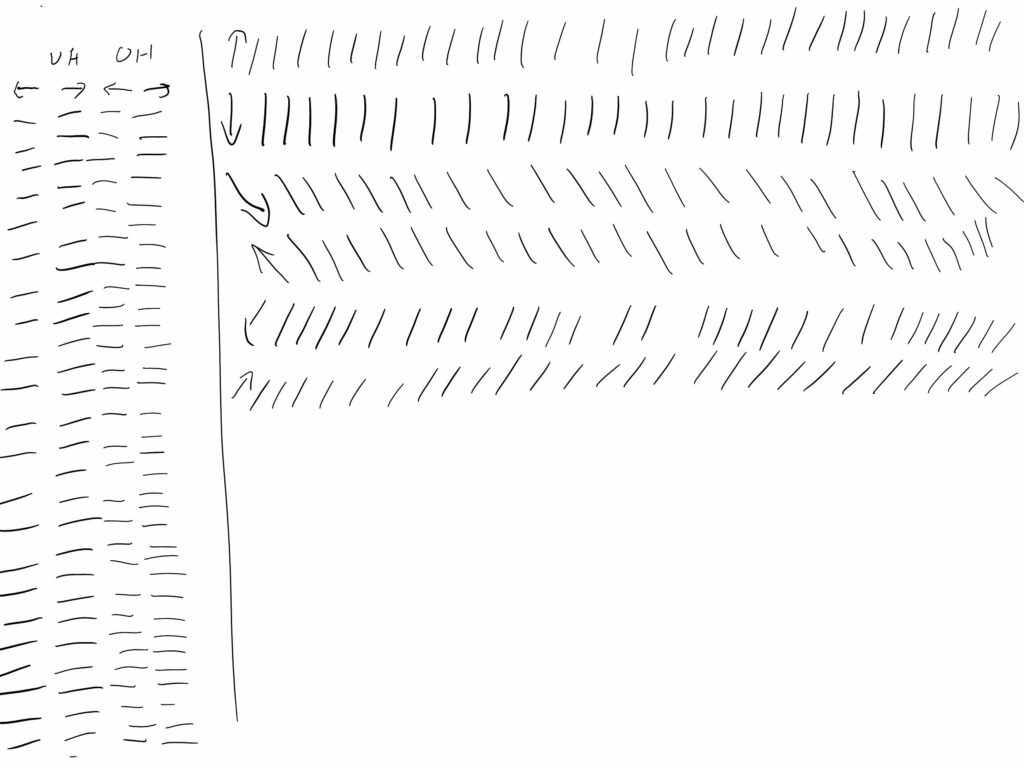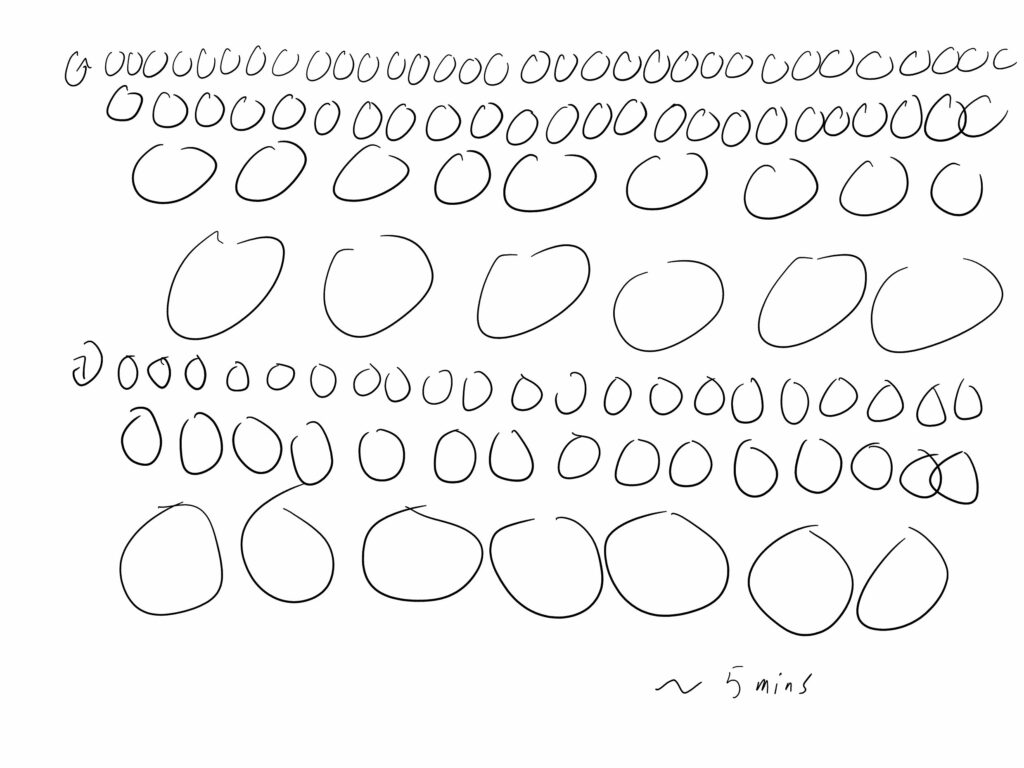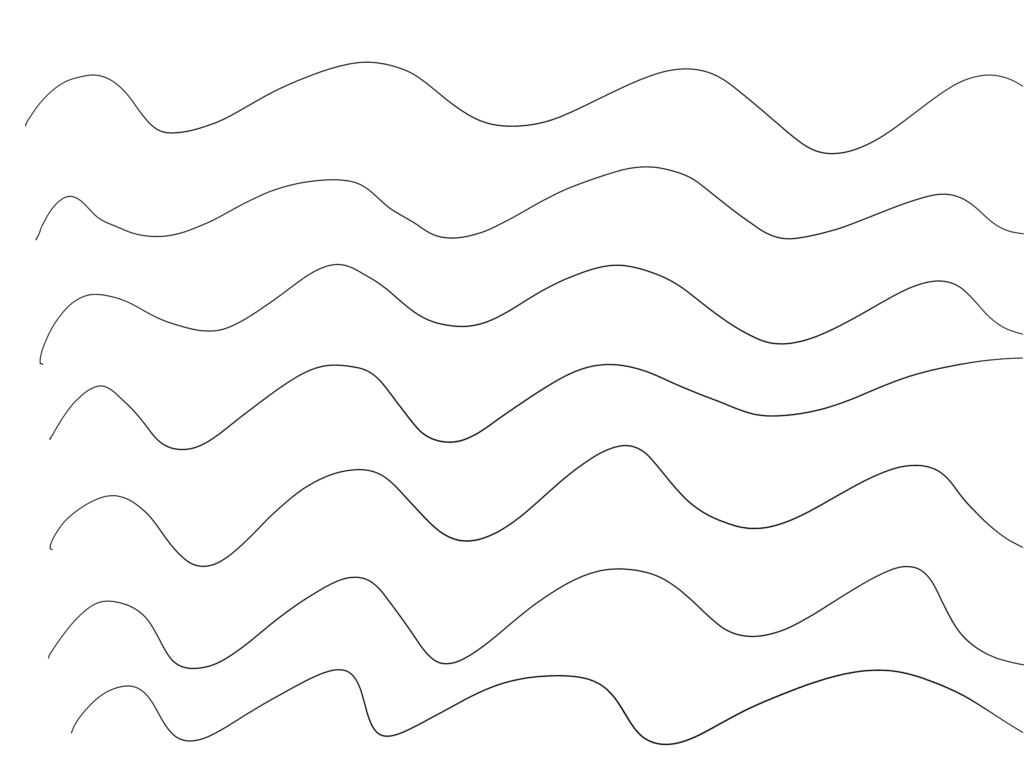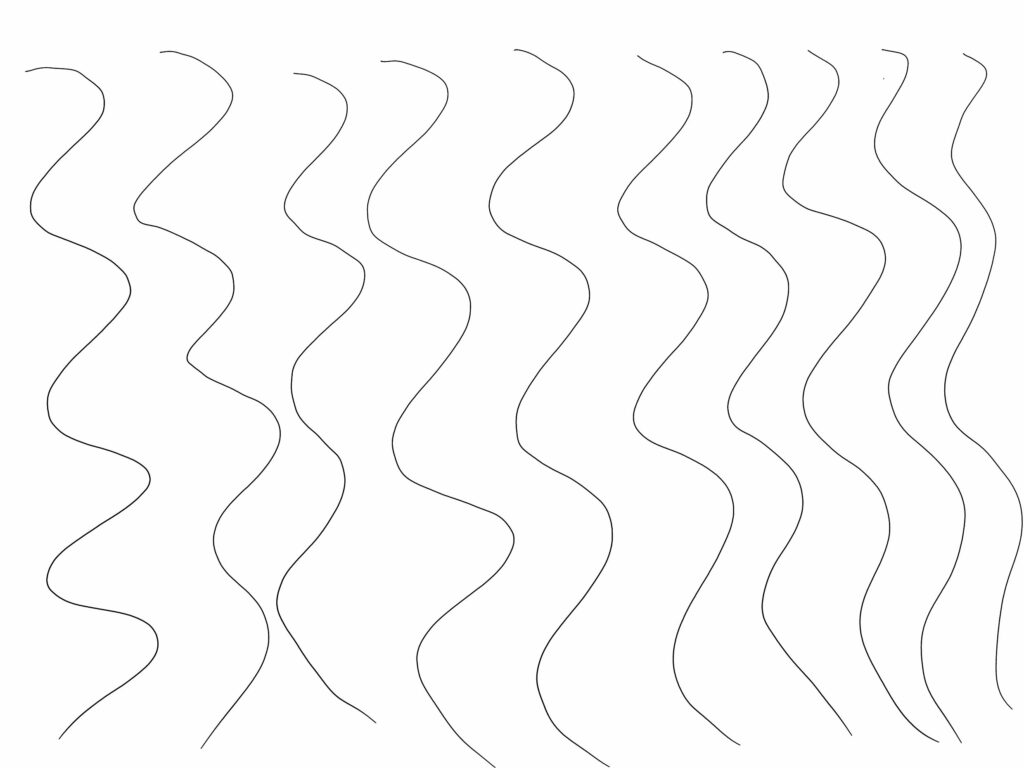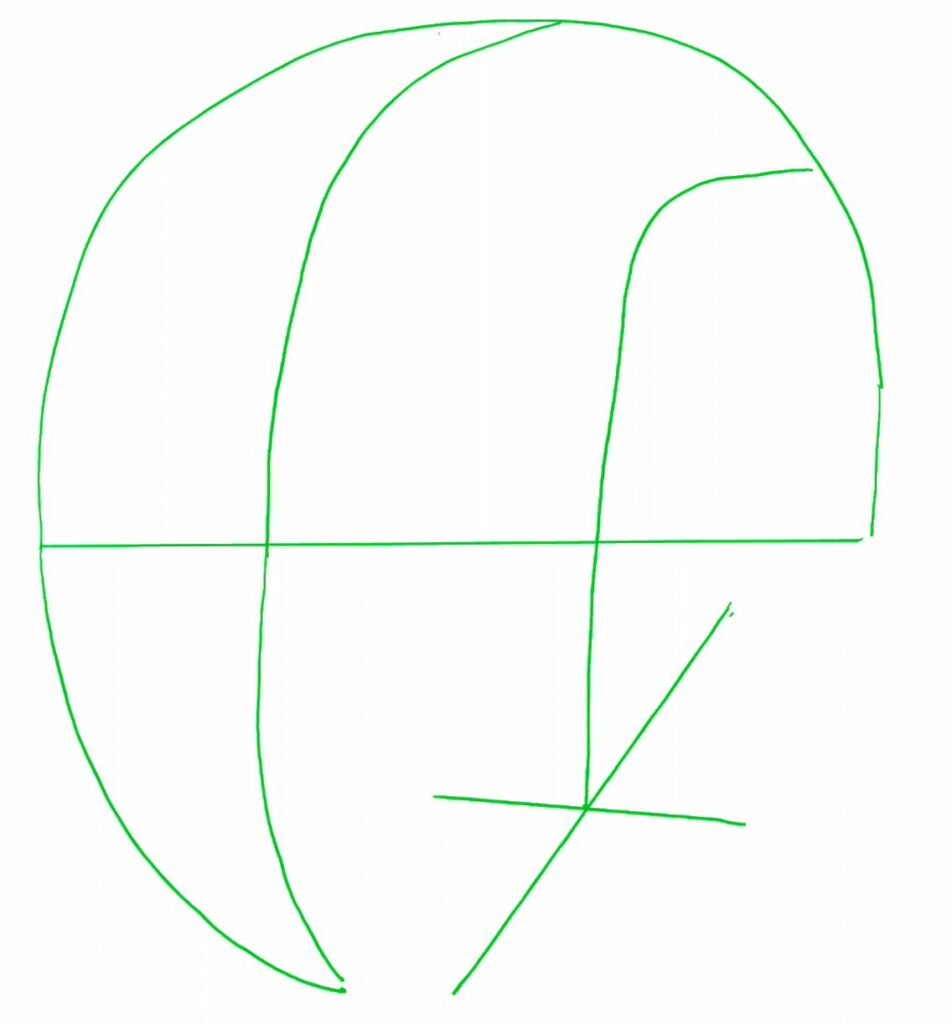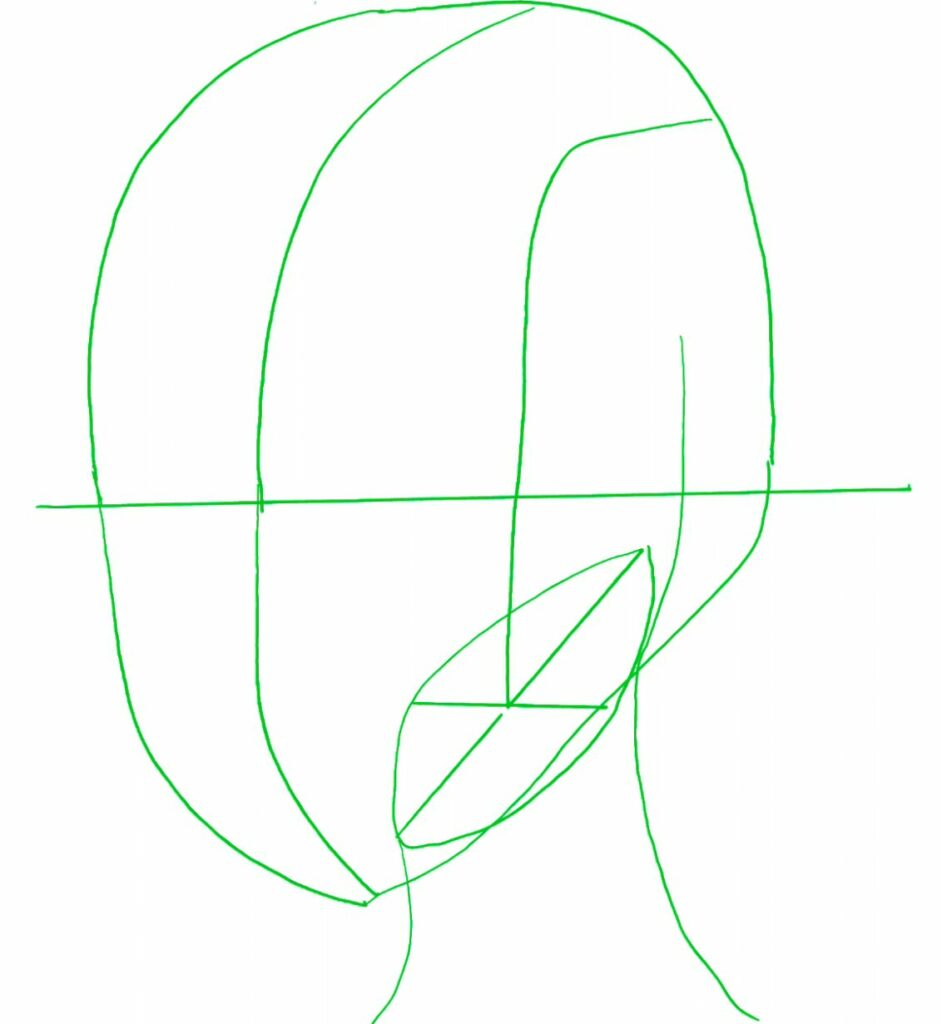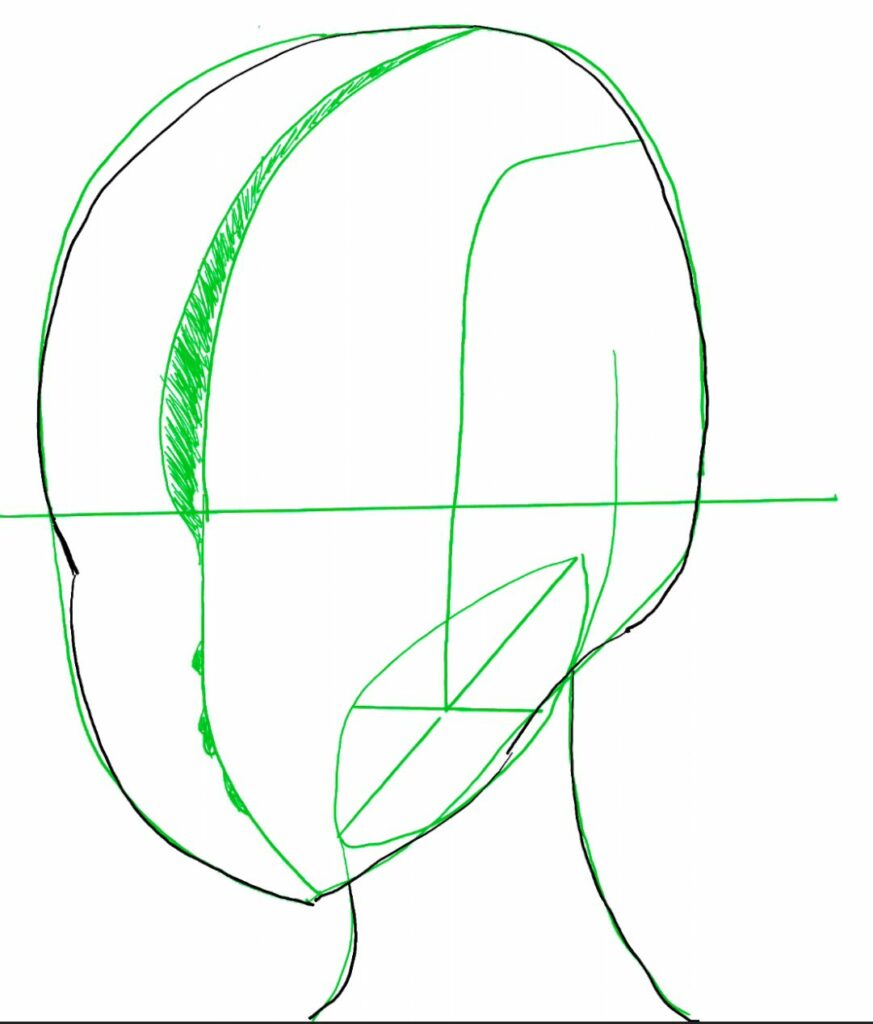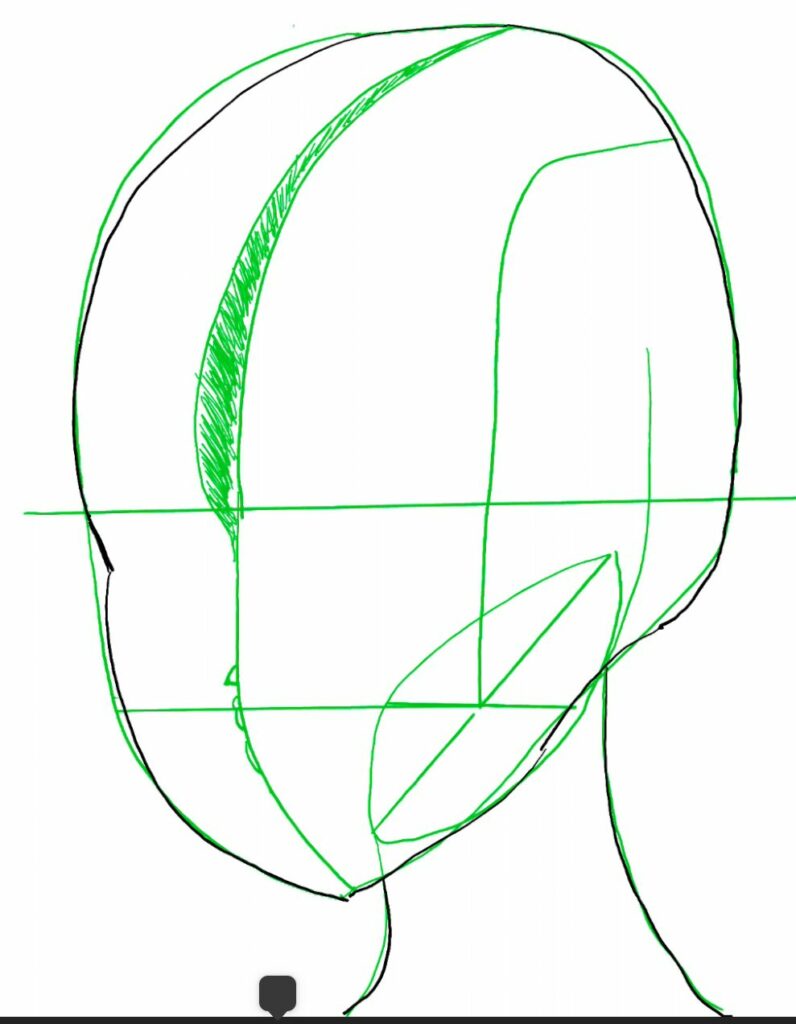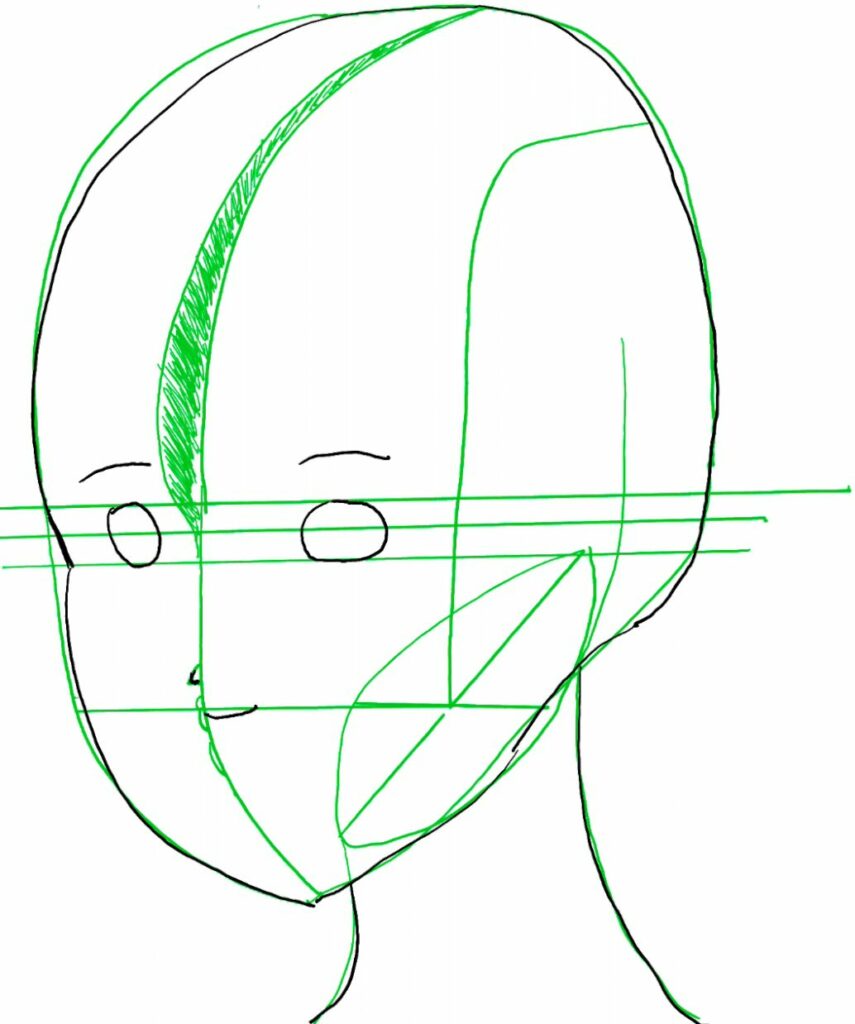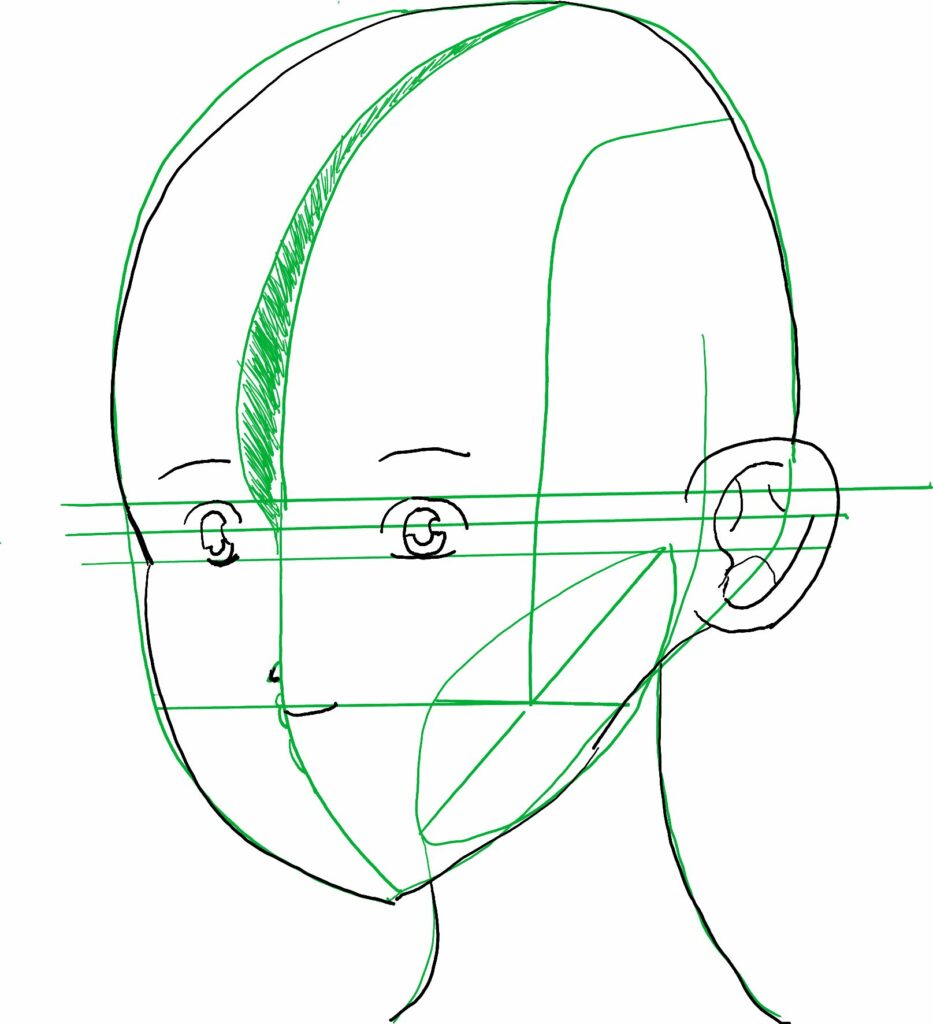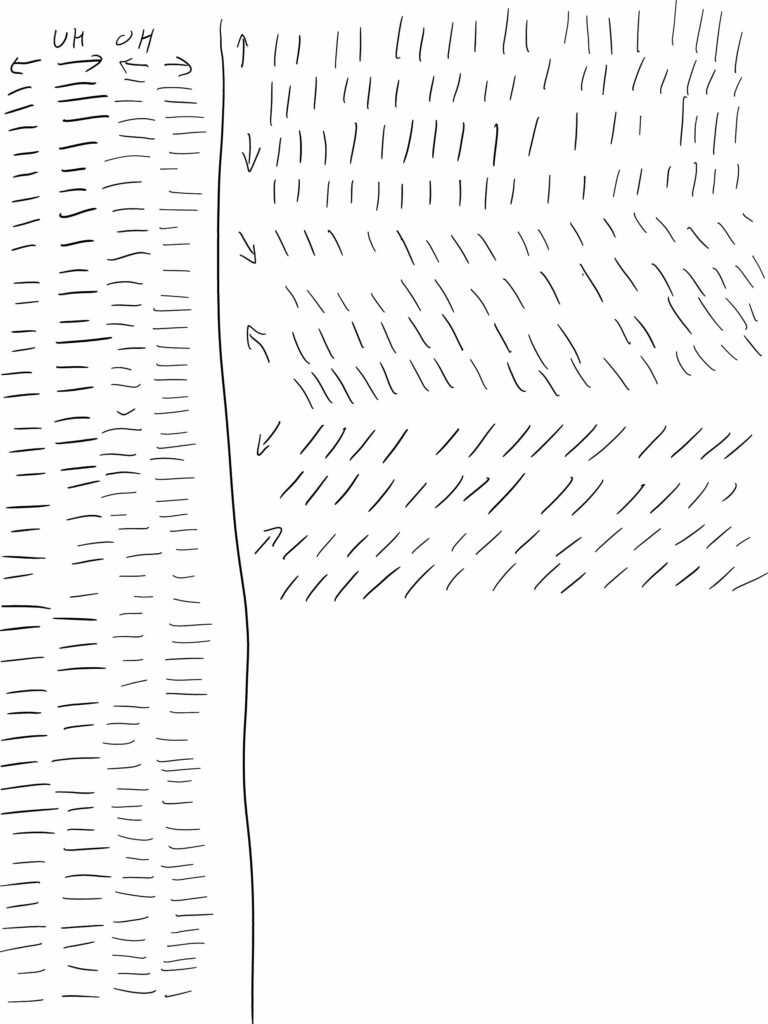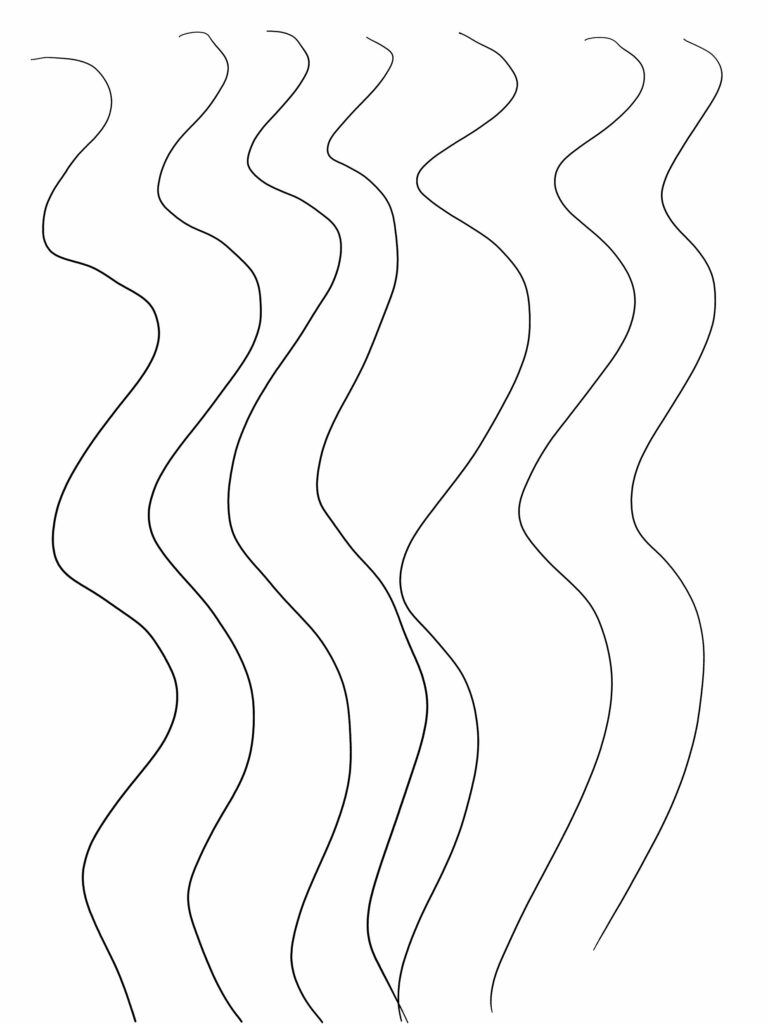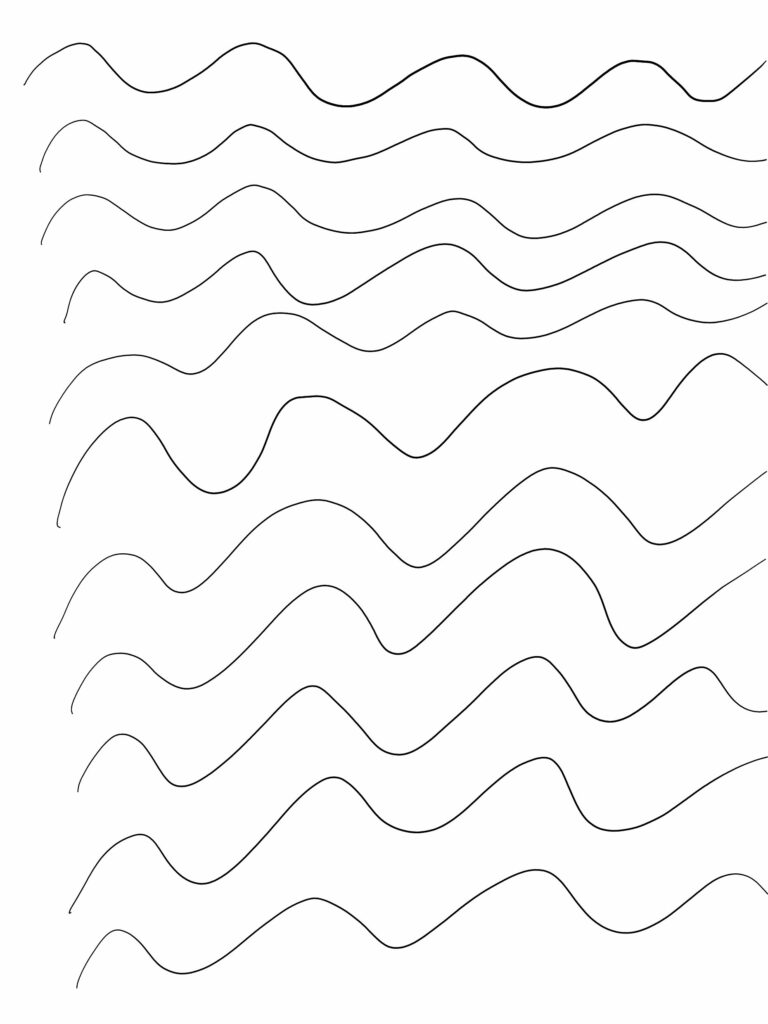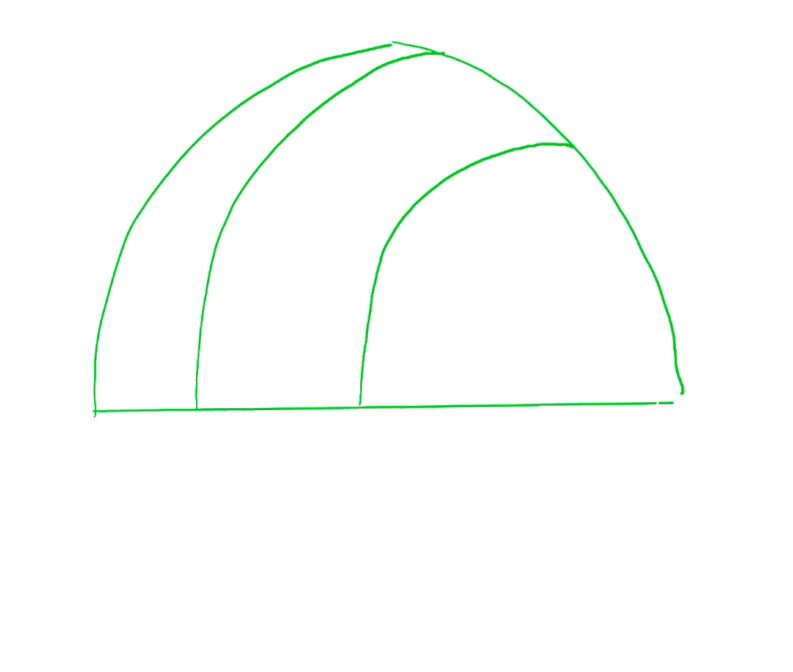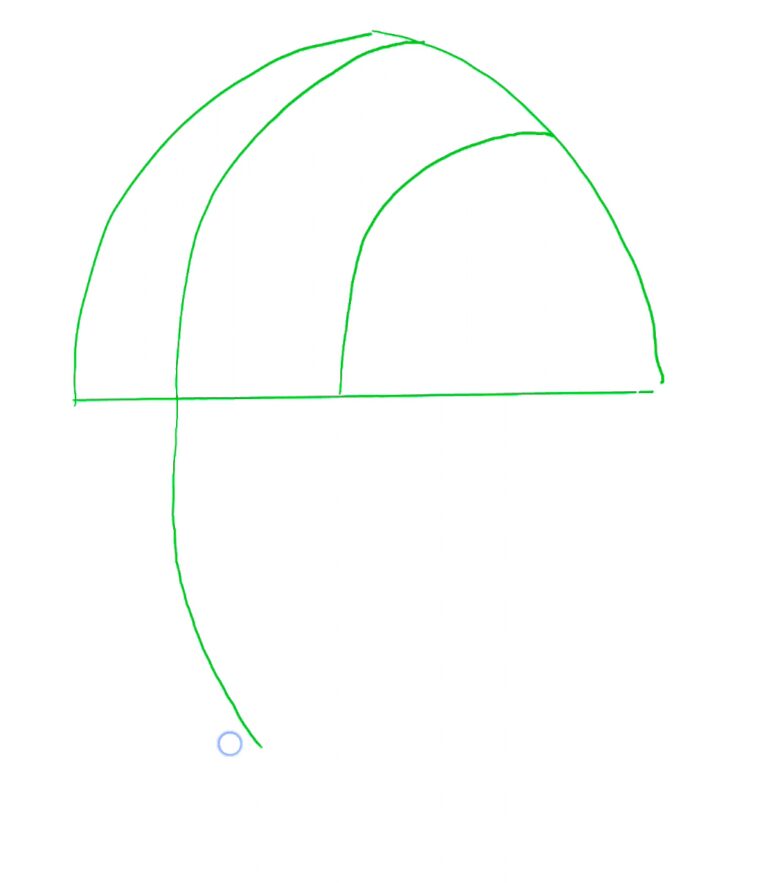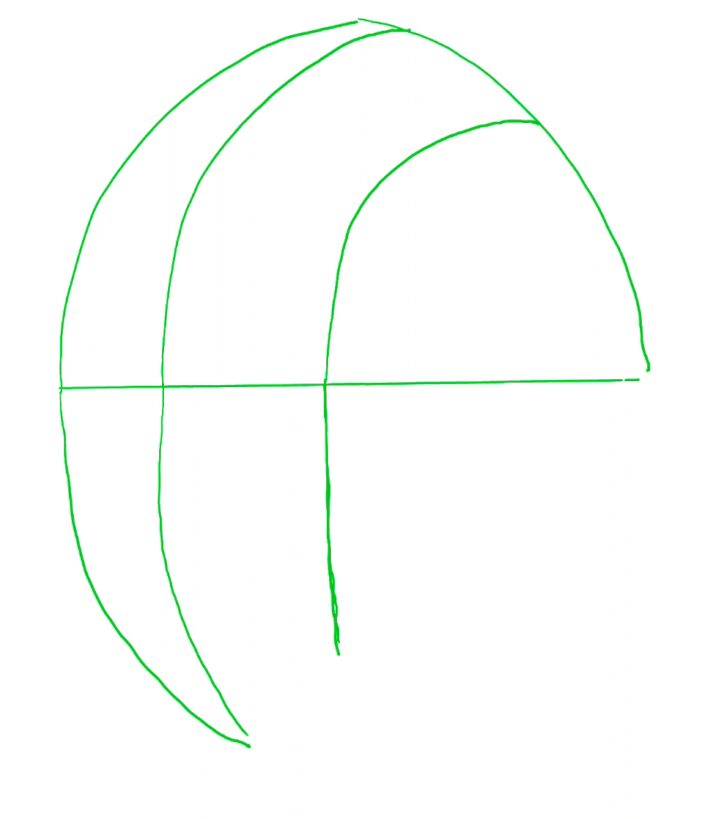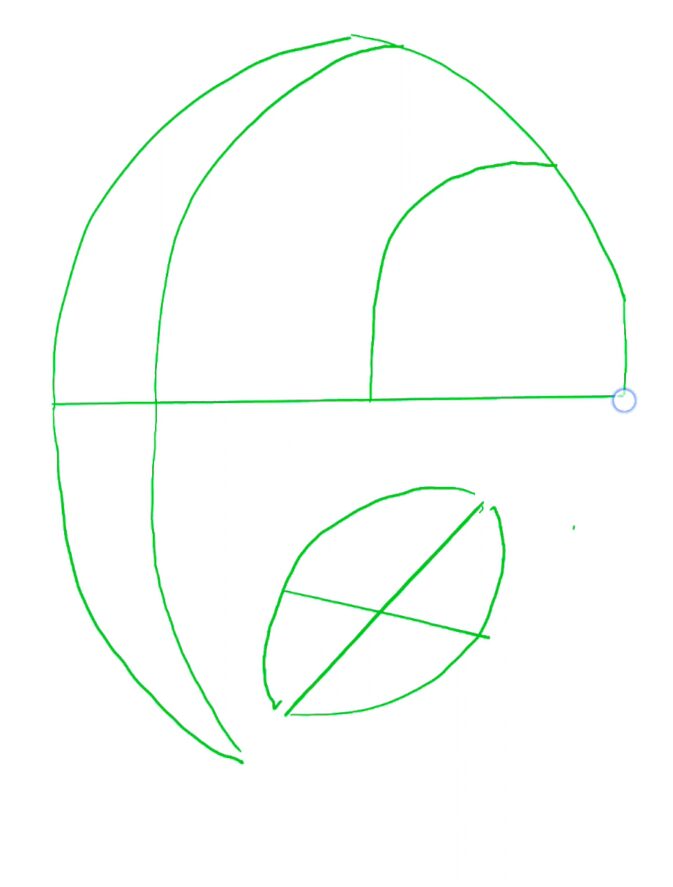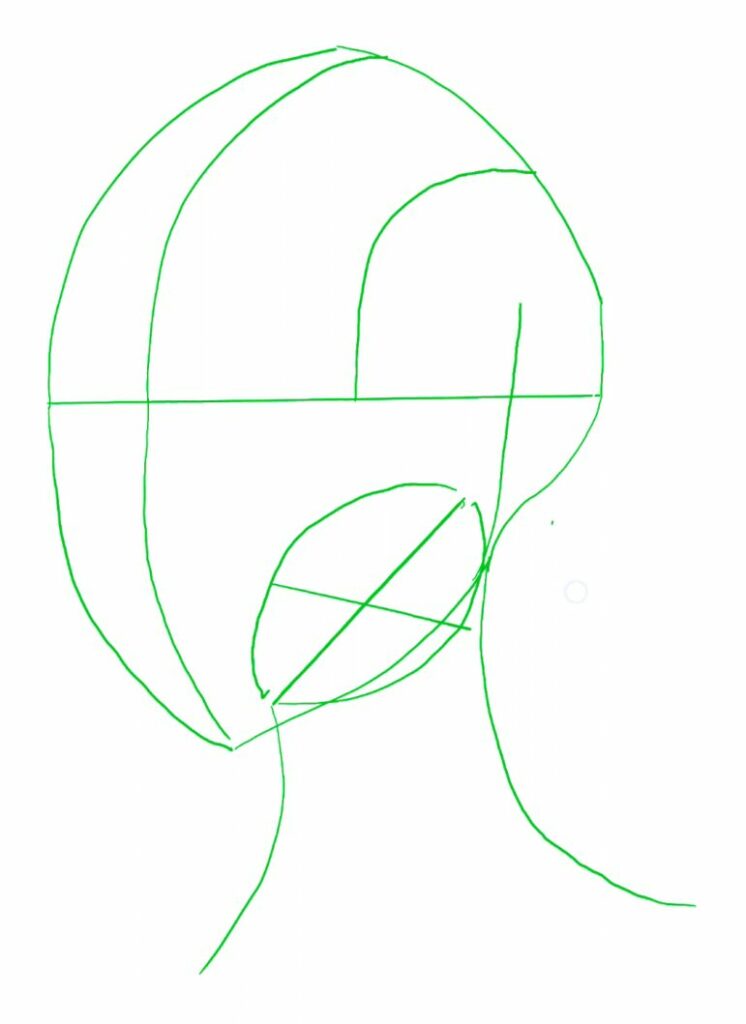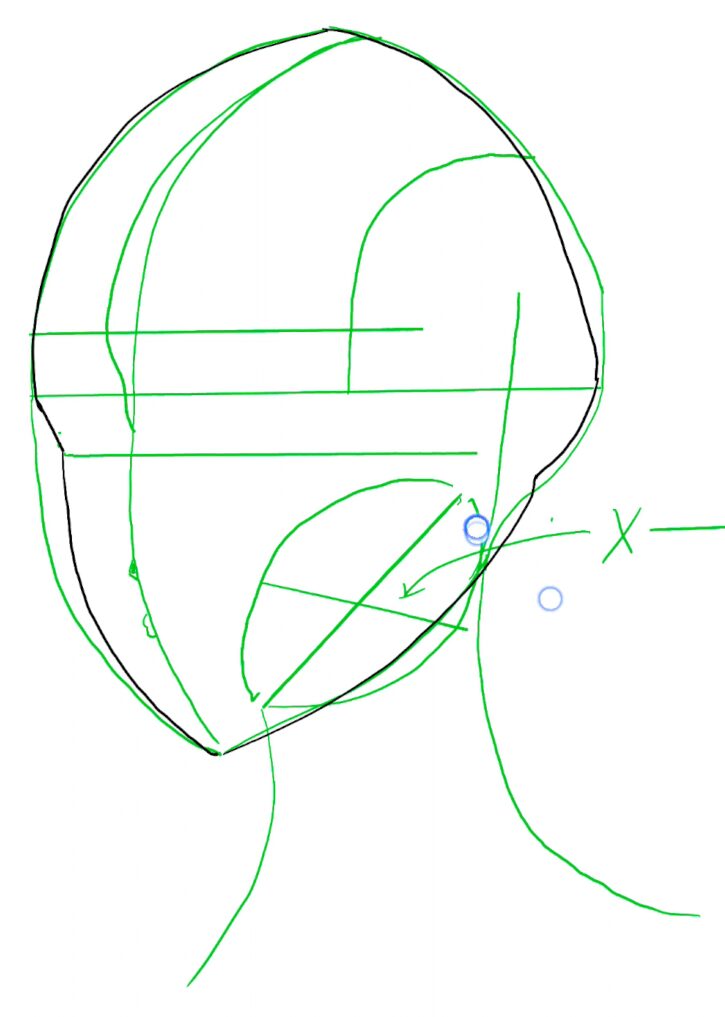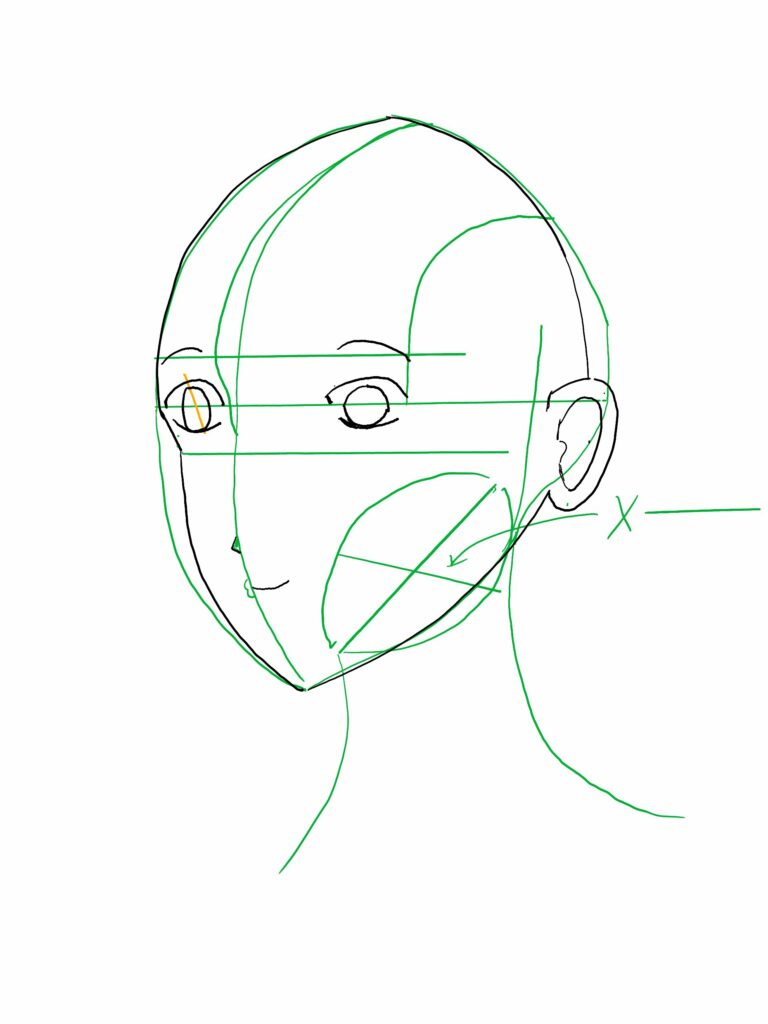This was written June 22, 2024 as part of the 2024 Learning to Draw People Challenge
Introduction
After another long hiatus, it’s time to return to this drawing challenge. Today, I decided to learn a bit about shading, and so opted to try to draw an everyday object in the dark, with a single source of light. The object I chose was a mug (which definitely doesn’t count as a person). Here are pictures of the actual setup I was trying to replicate.

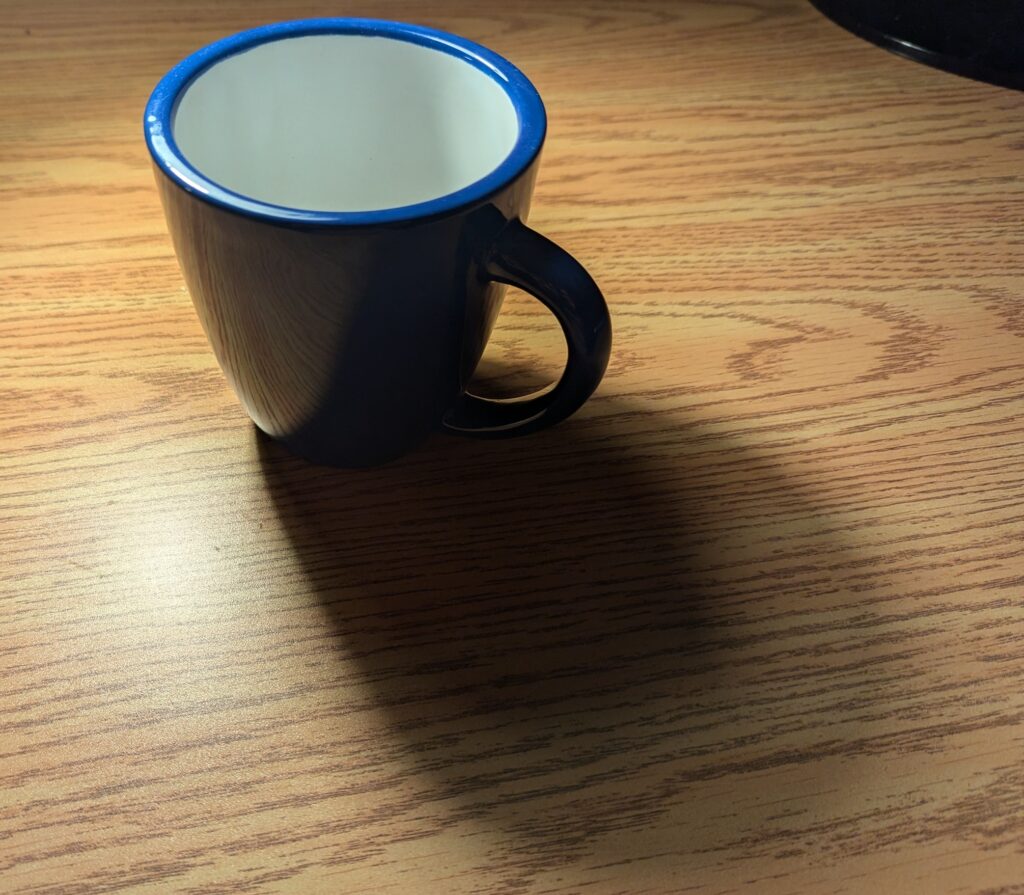
Before discussing the drawing, a quick note. I was planning to use a new tablet, but the app I’d chosen had annoyances. I thus opted to go back to my previous set up. I will eventually have to investigate a good android drawing app, please share recommendations. (Edit: While writing this article, I did some research online, and people seem to recommend “Clip Studio Paint”, although it’s apparently costly. I may give it a try.)
Drawing
Without further ado, here is my drawing:
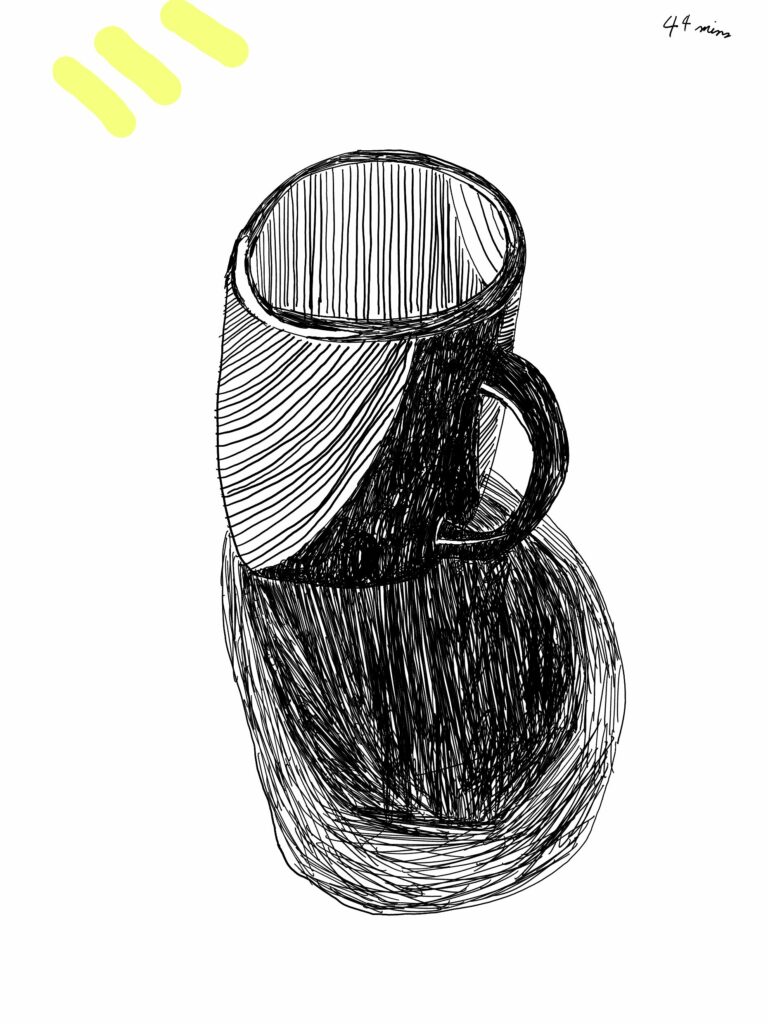
A few comments about the experience:
- First of all, I decided to add the source of illumination on the drawing itself: rays of light coming from the top-left, simply for reference.
- I have no experience drawing real life objects, which hindered this shading exercise (I might eventually need to practice this, but it isn’t my primary goal with this challenge). I particularly struggled with outlining the general shape, which funnily enough, is in part due to the dark and reflective surface of the mug. That made it harder for me to properly evaluate the shape of the outline.
- I really struggled with the handle and its proportions, especially the bottom part.
- I eventually realized I should roughly measure(/estimate) proportions. For this reason, I tried to use my thumb to approximate ratios. However, I realized (unsurprisingly) that I need to keep the distance between my eye, my finger and the object constant (and similarly with the canvas). Finding such a distance was initially unintuitive, so I’ll need to work on this. But it should be useful.
- While there were reflective surfaces, I did not want to draw them. This was purely a shading exercise.
- At some point, I distractedly displaced the cup, which likely affected the results. One option could be to base my drawing purely on a picture I would take, but I feel like I’ll get a more vivid and visceral experience with drawing from the real life object, where I can also interact with the environment and see how things fluctuate (i.e.: experimenting).
Now, a few notes about the shading itself, which was the purpose of this exercise. First, my approach, which should be apparent in the drawing, was to first outline the different areas of shade, and then fill in the shade. I did the same for the shadow.
Here are the different elements I tried to recreate:
- The dark and light area within the cup, which are both lighter than the other areas.
- The dark and light areas of the cup’s shadow.
- The dark and light parts along the side of the cup and the handle, which are fairly dark due to the dark blue of the cup.
- Two light reflection spots on the rim of the cup.
- Two light reflection spots on the handle.
Overall, as a first exercise in shading, I think this went relatively well. I’m pleased with the inside of the mug and the different tones of shades I achieved. However, there are a few things that could be improved:
- The darker part of the mug feels off, because of it gets squeezed between both lighter parts. It’s hard to explain, but I think it’s an issue with the lighter area on the left. It is either due to the shape of the outline, or the inking technique itself. I will want to investigate different inking techniques for shading and see what works best.
- The top of the handle does not look like it makes sense in 3d space, in part due to the shading.
- The light reflection spots I tried to highlight don’t seem to be working properly. I might want to either drop that in the future, or research how those are handled by professionals.
- The shape of the shadow is off. I decided to “wing it”, instead of doing it more carefully. But while I’m unhappy with the actual shape and proportions, I’m happy with the shading itself.
- I will need to investigate the role of the orientation of the shading strokes (if I keep using this same technique). It seems to have an actual impact on perception. For example, aligning them vertically inside the cup seems to help suggest its depth. More research and experimentation is warranted.
- The edge of shading areas should probably a little more diffuse and blurry than clear-cut.
But despite some of these faults, I’m still happy with this first experiment, and I think I’ve learned a few things, even having a direction for future investigations. Thus, I consider this a successful session.
Stats
The drawing took me a total of 44mins to complete. However, I neither recorded this session, nor timed any other parts of the process.
Conclusion
For this session, I did something fairly different for once, and it was interesting. As was my goal, I did learn a bit about shading, although it’s unclear how well it will translate into shading in the manga style (e.g.: shading a nose). Still, this is a fundamental concept of drawing, so it makes sense to dive in, even if only slightly. Moreover, I have some further directions to head into:
- There are different inking techniques that can be used for shading. I’ve found a few on this website, and will want to experiment a bit with them. I’ve also found cross-hatching patterns here, and some hatching patterns and general exercises here.
- I will need to investigate how to highlight shiny areas, which seems to be the dual of what we expect from shading.
- With the hatching pattern, line orientation seems to have an impact on the perceived outcome.
- I should start using my fingers at a distance as guides for proportions of different elements when drawing from a reference (like one imagines a painter doing).
- I should experiment with different lighting setups (source, type, orientation, etc…).
Now that I have a direction for shading, I think I will want to have one more session where I focus on shading, and then get back to the main Challenge. Thanks for joining me on this exercise, and until next time! Take care everyone!
